- Home | Industry Update | Weaving Dreams Into Reality Meghalaya Woman's Eri Silk Journ...
Weaving Dreams into Reality Meghalaya Woman's Eri Silk Journey Inspires Rural Transformation

In the serene hills of Meghalaya, a story of resilience and empowerment is unfolding through the delicate threads of Eri silk. Smt. Taimong Mynsong, a single mother of five from Ri-Bhoi district, has turned her humble livelihood into a thriving enterprise, weaving not just silk but also hope and inspiration for many women across India’s Northeast.
Her journey began modestly, but with the support of the Silk Samagra-2 scheme a flagship initiative by the Ministry of Textiles to strengthen India’s silk ecosystem from seed to fabric Mynsong discovered new possibilities. She now manages six to seven cycles of Eri silkworm rearing each year and continues weaving through all seasons, earning an annual income of nearly 1.8 lakh. Her exceptional skill and dedication recently earned her the Best Achiever Award at the Central Silk Board Foundation Day 2025, a recognition of her remarkable contribution to sustainable sericulture.
India stands as the world’s second-largest silk producer, contributing about 32 percent to global output. Among its many varieties, Eri silk often called Ahimsa silk for its cruelty-free production is unique to the northeastern states and represents nearly 8 percent of national silk production. Under the Silk Samagra-2 programme over 60,000 women from Assam, Meghalaya and Nagaland have benefited from improved silkworm breeds, modern weaving tools, and market linkages.
Mynsong’s success beautifully captures the spirit of rural women’s empowerment through sericulture. Her story reflects how traditional artistry, backed by modern government support and personal determination, can transform communities. From the quiet corners of Meghalaya, she is weaving not just fine Eri silk but also a powerful narrative of independence, sustainability, and self-reliant rural India.
03:03 PM, Oct 28
Industry Update
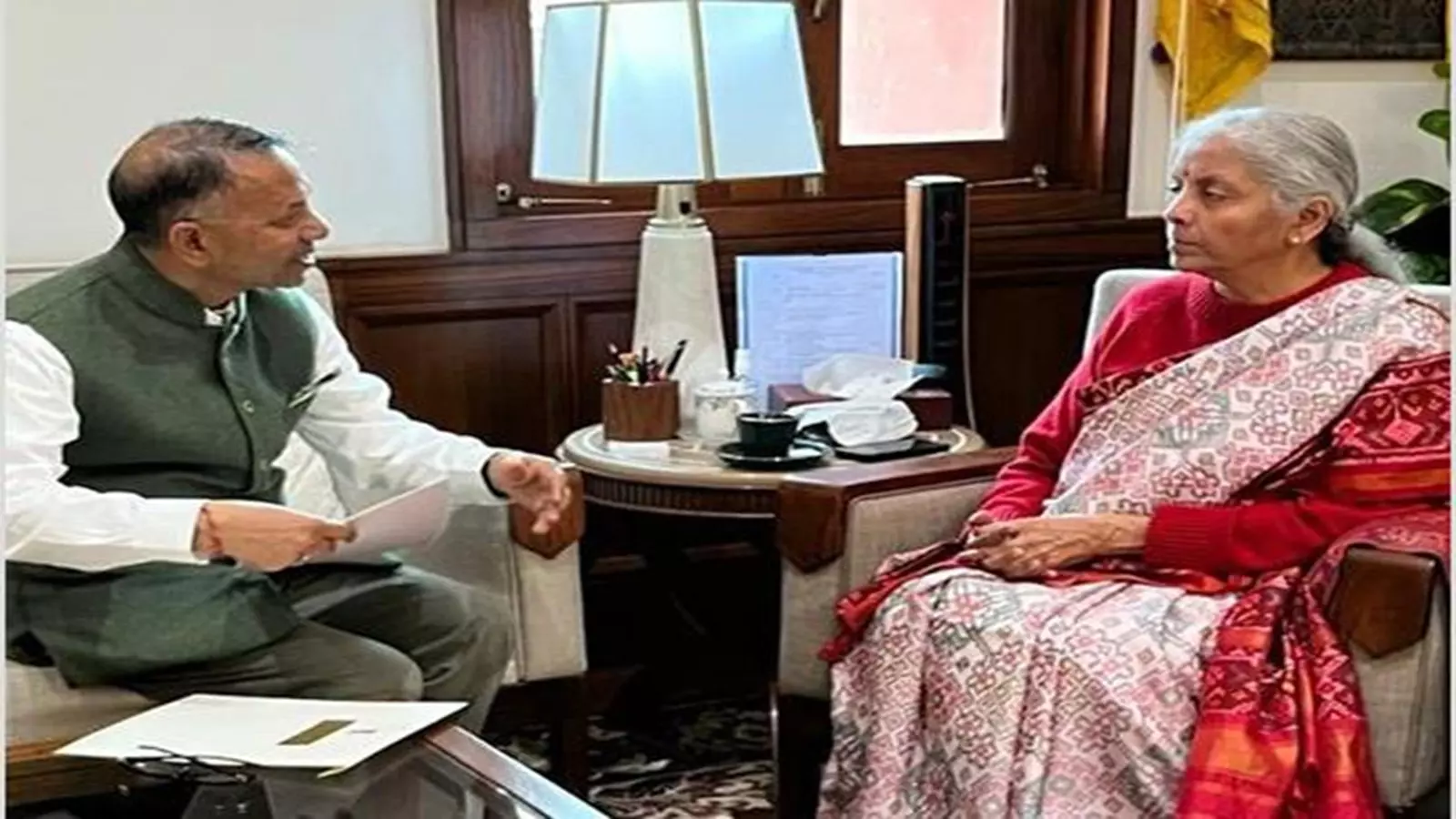
Ludhiana MP Rajinder Gupta Presses Textile Sector Concerns in Meeting with FM Sitharaman...view more

India's Mandatory Garment Labelling Rule: Care, Origin, and Fabric Details Now Essential...view more

Europe’s Textile Sector Alarms as Ultra-Fast Fashion Firms Partner With Postal Operators...view more

Carrington Textiles Introduces Defence Stock Range for Faster Access to Military Fabrics...view more






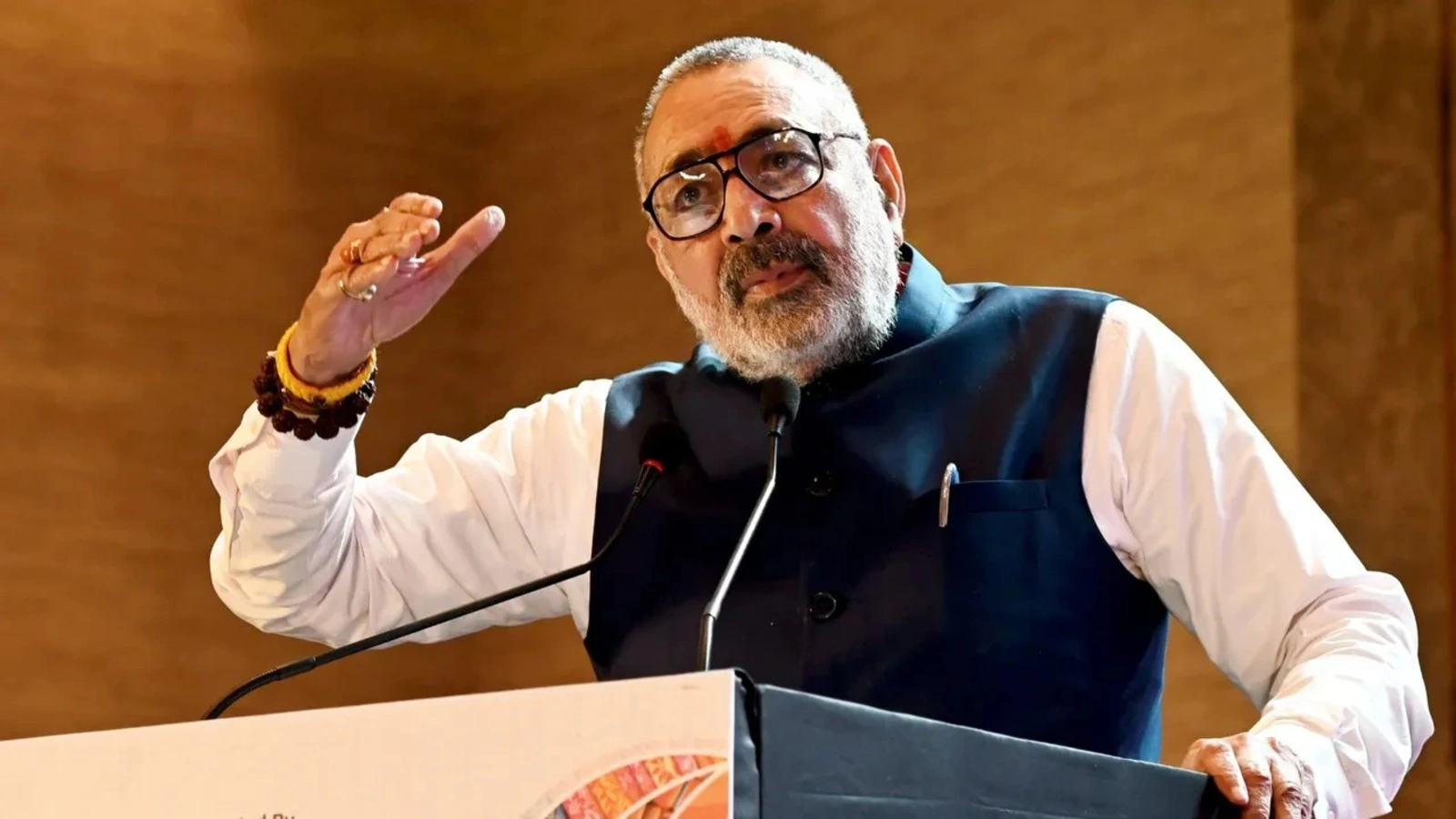
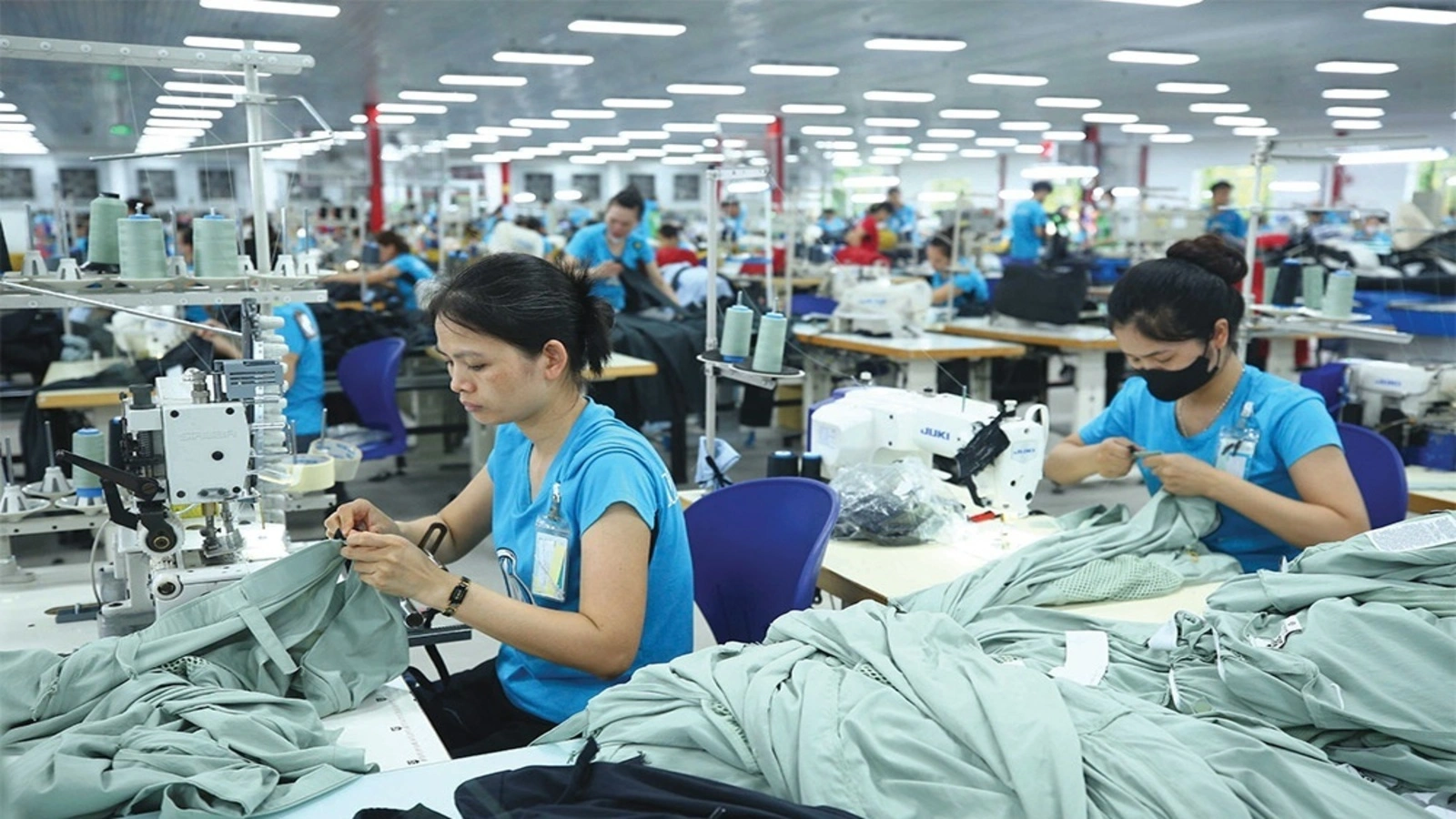


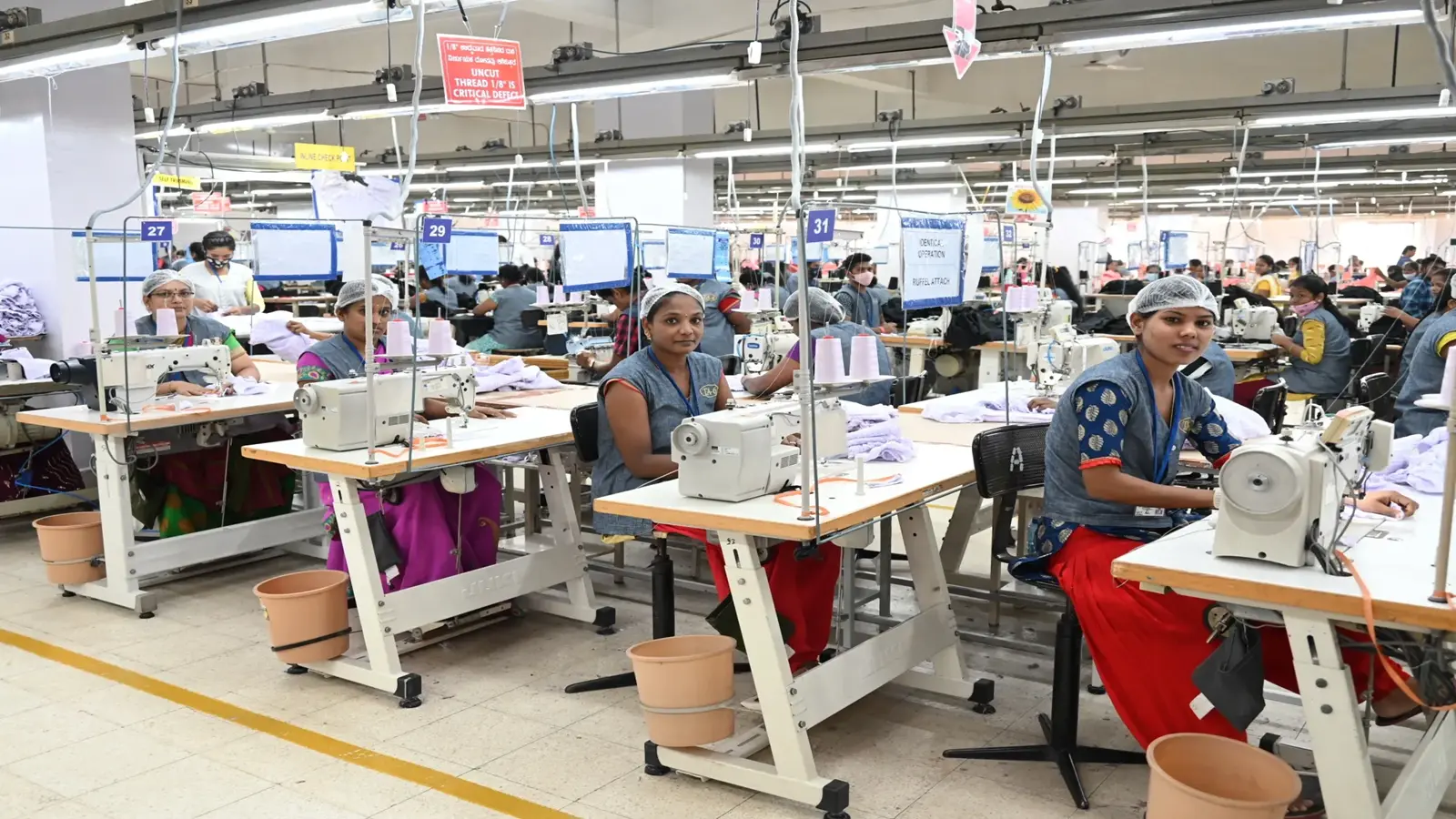
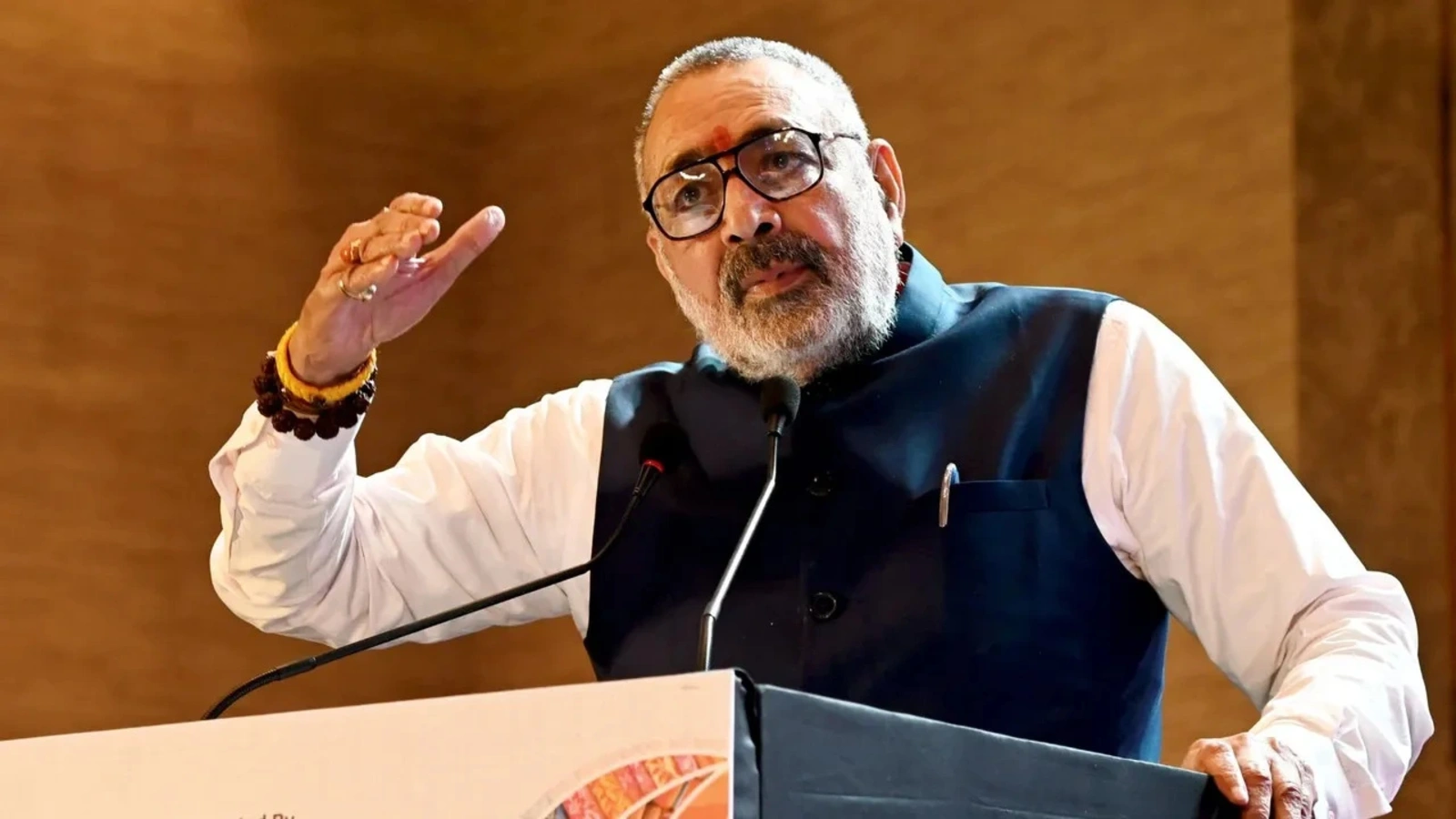


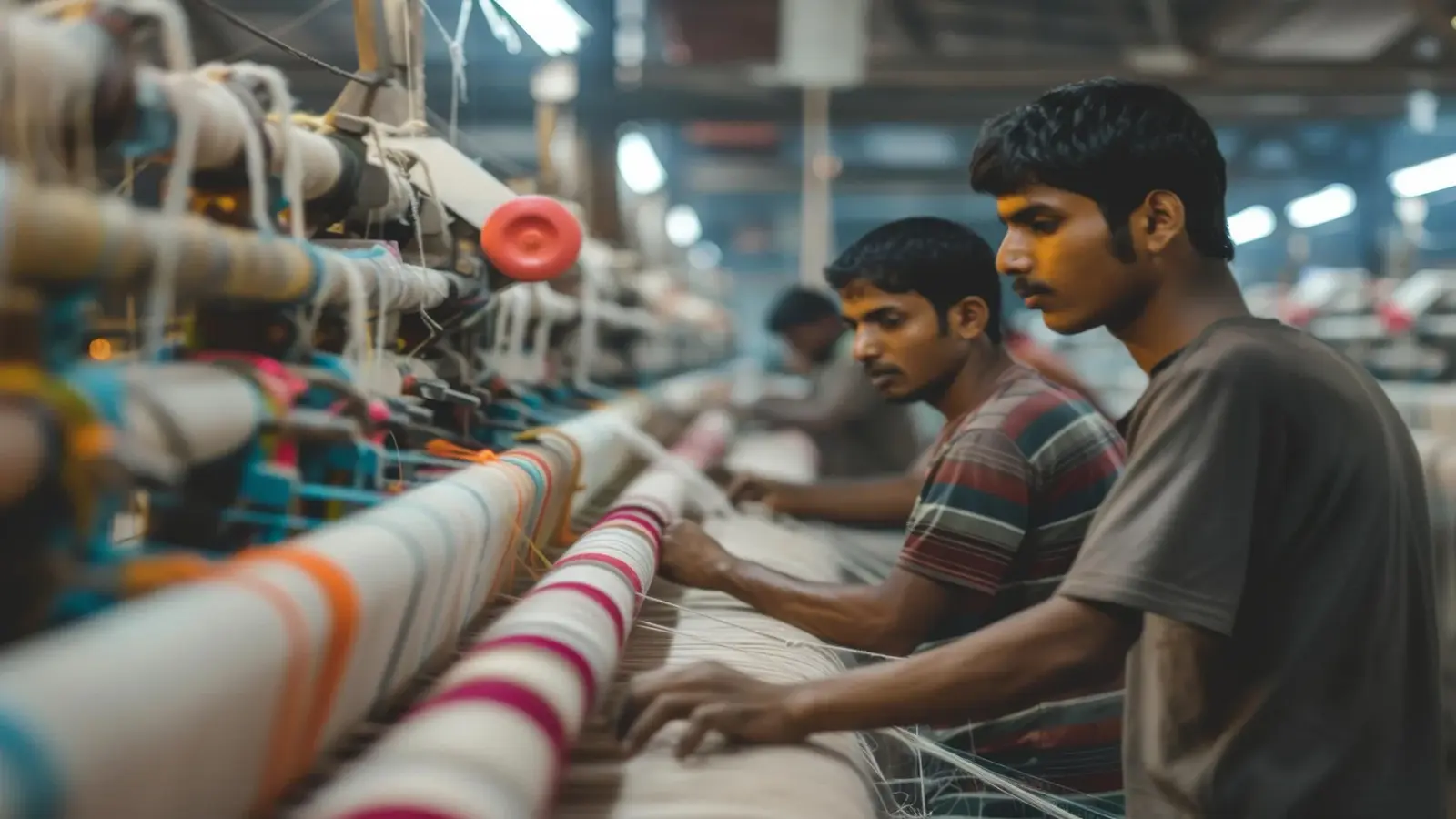


1.webp)
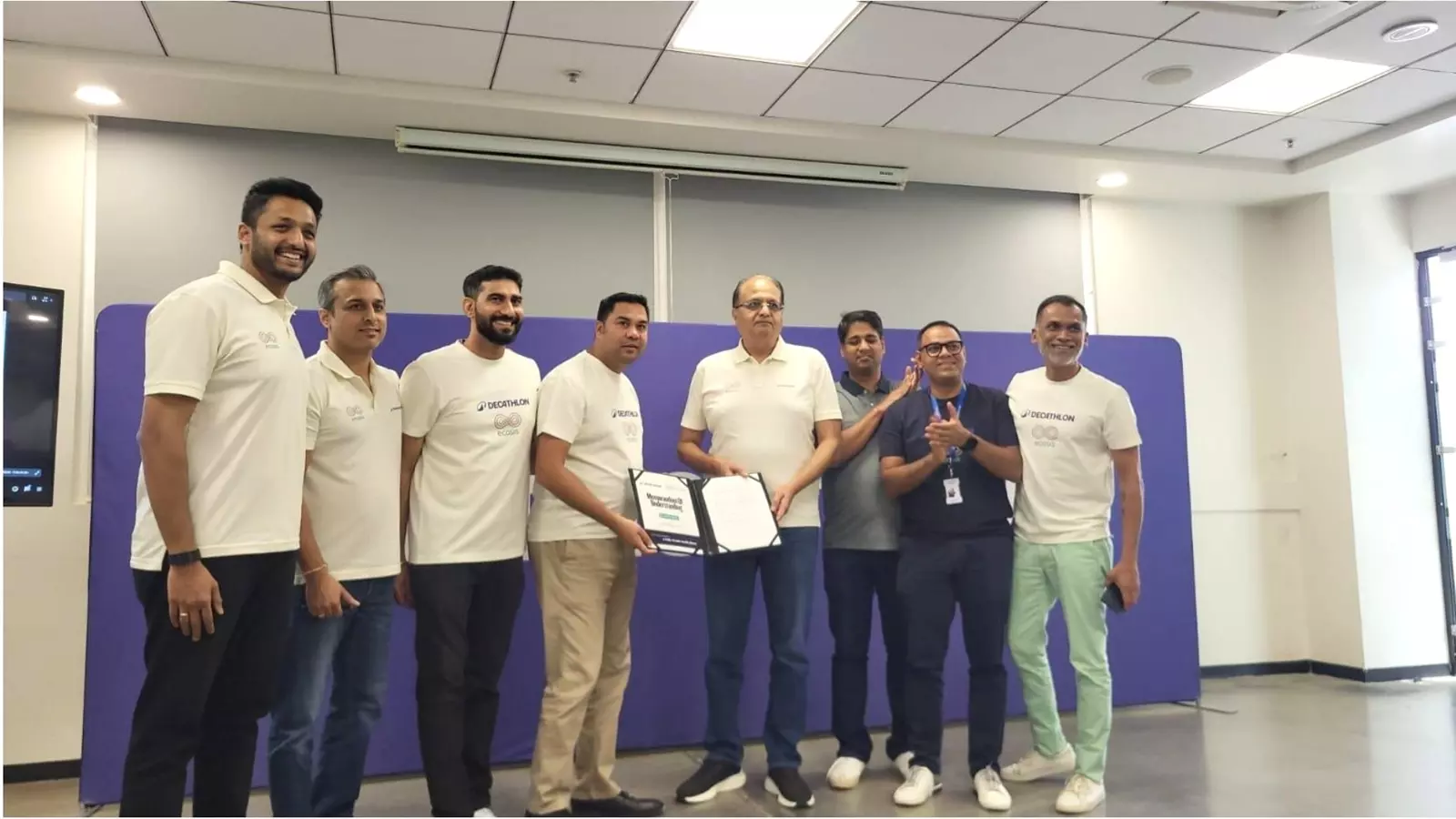







1.webp)


1.webp)
1.webp)
1.webp)
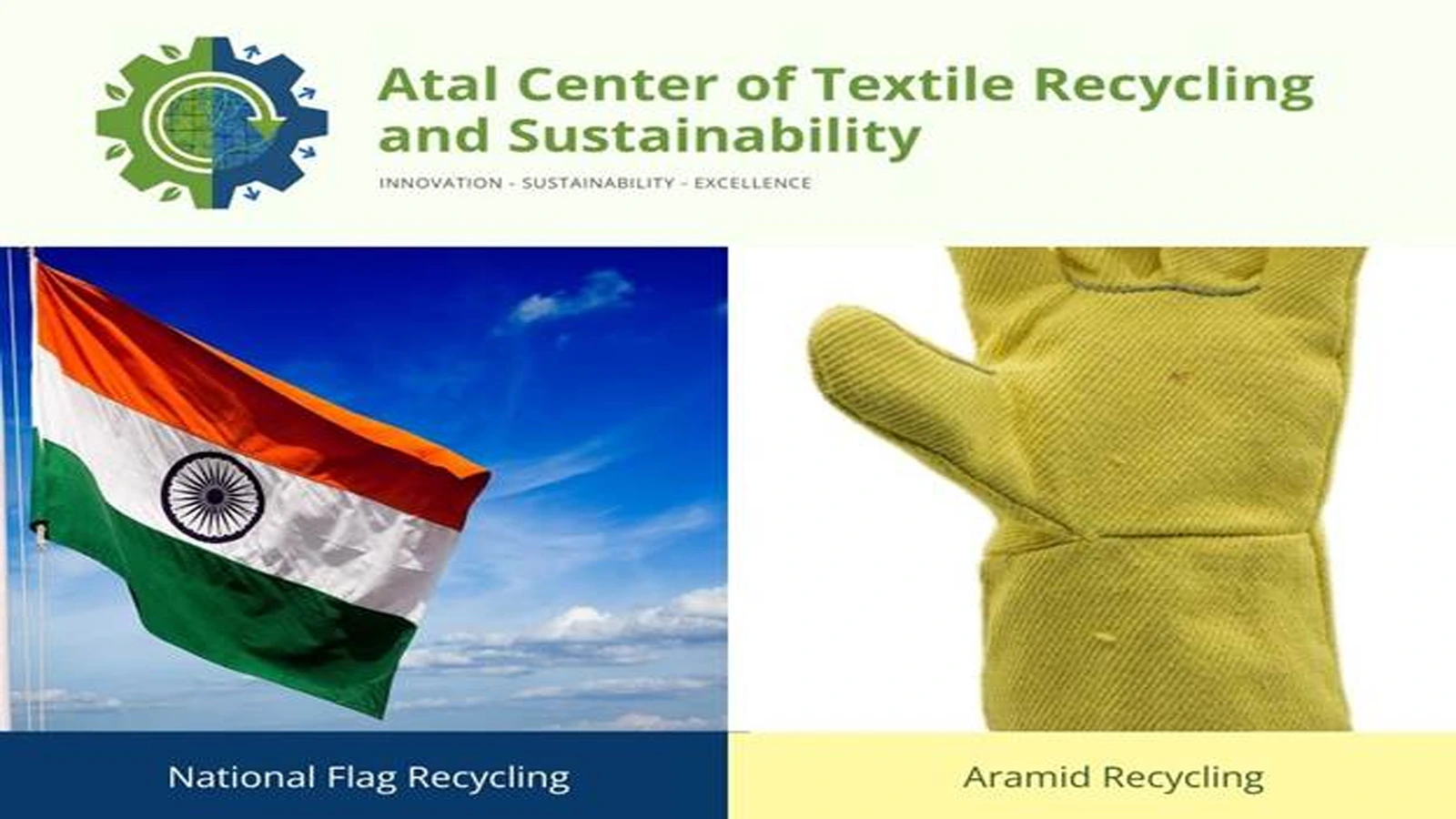
1.webp)

1.webp)

.webp)




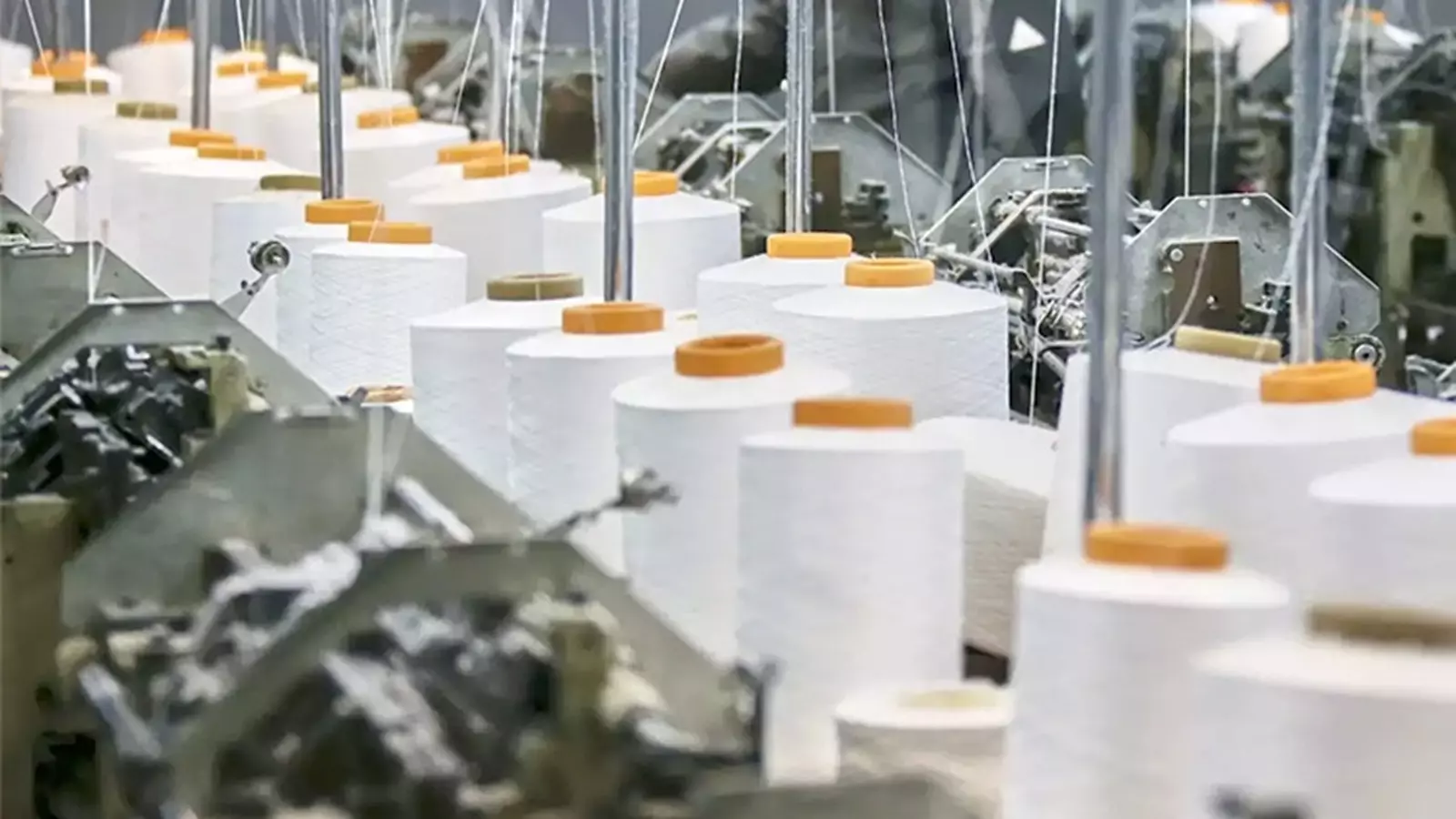
1.webp)
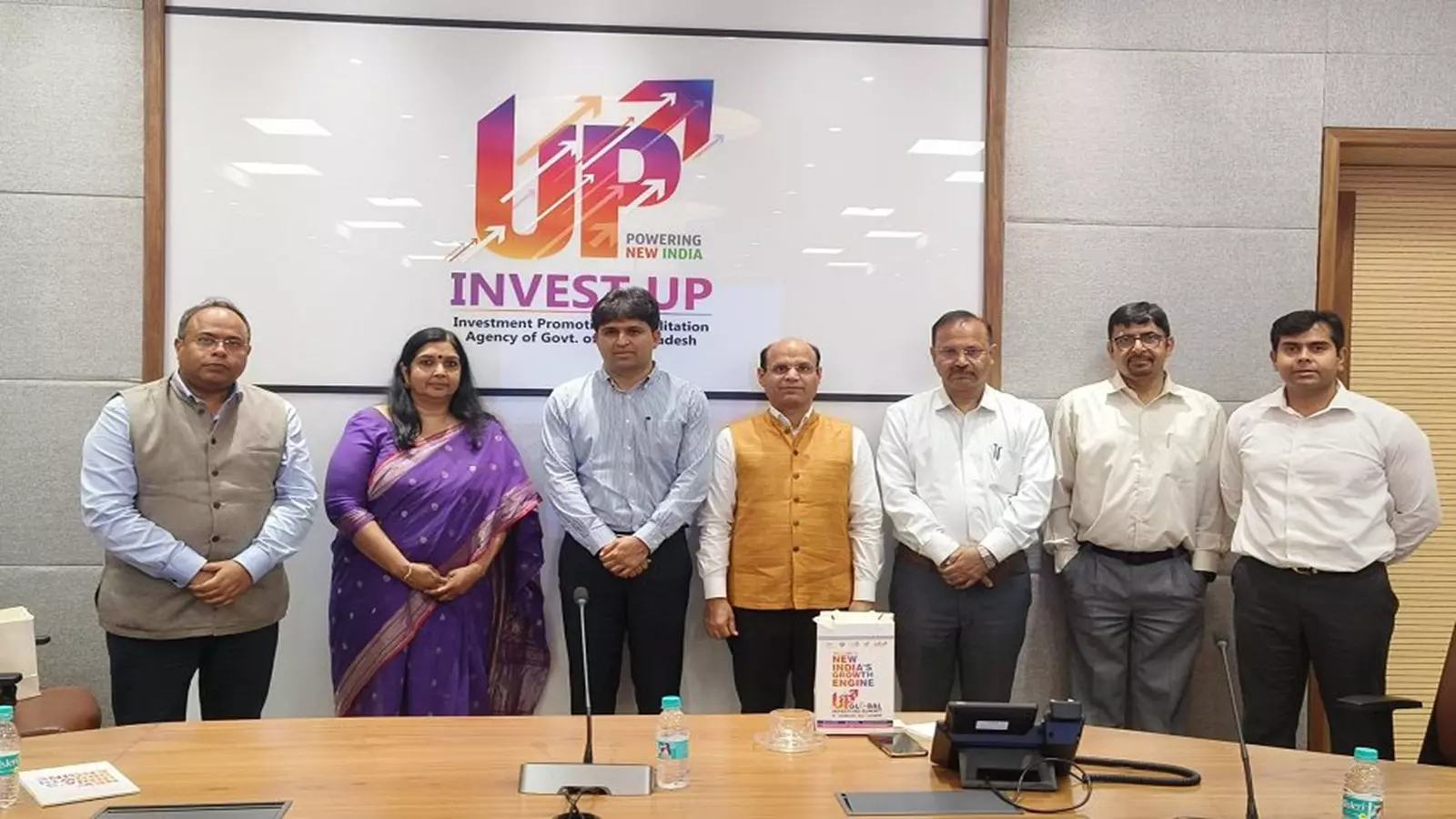


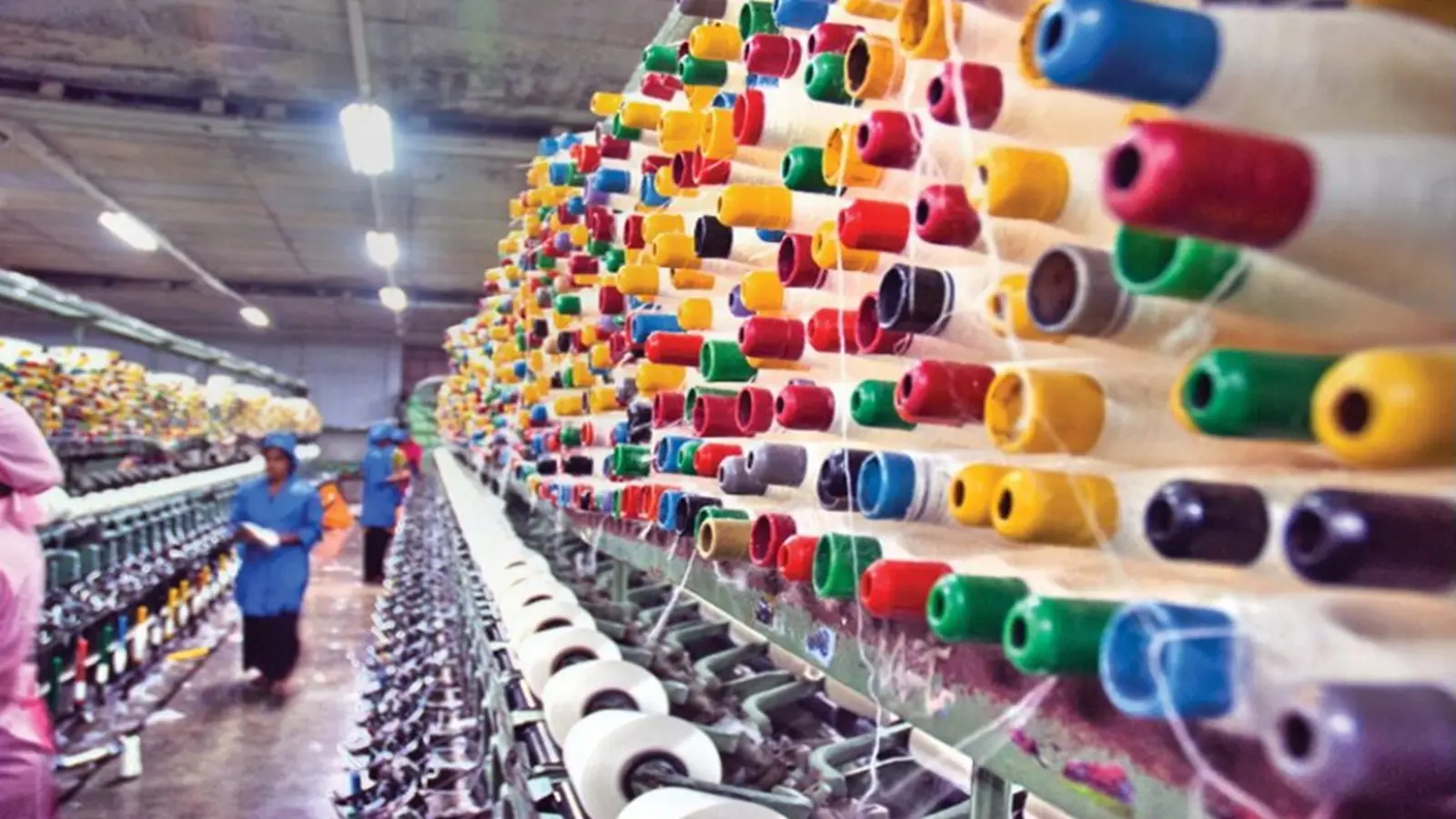
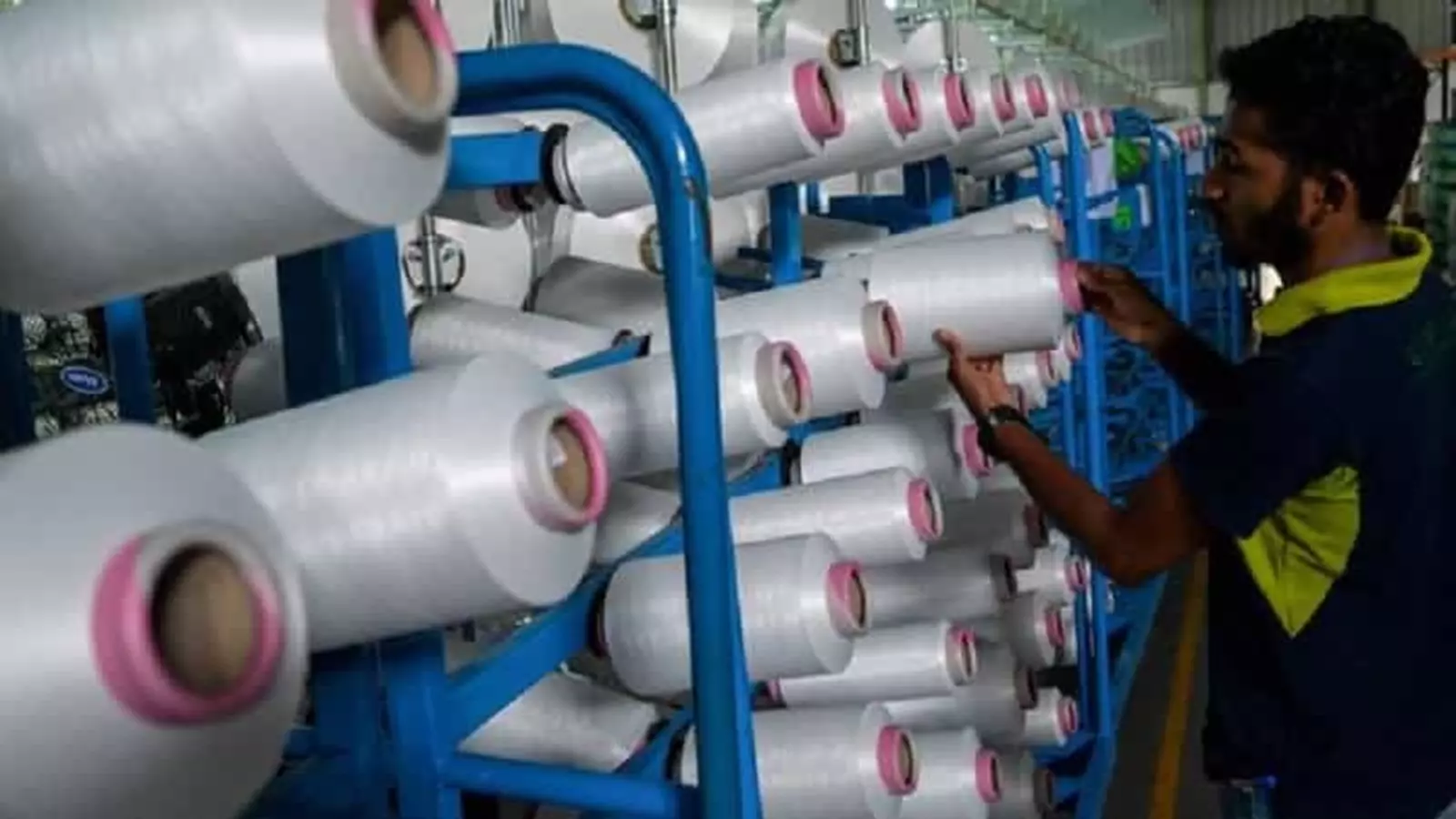

1.webp)












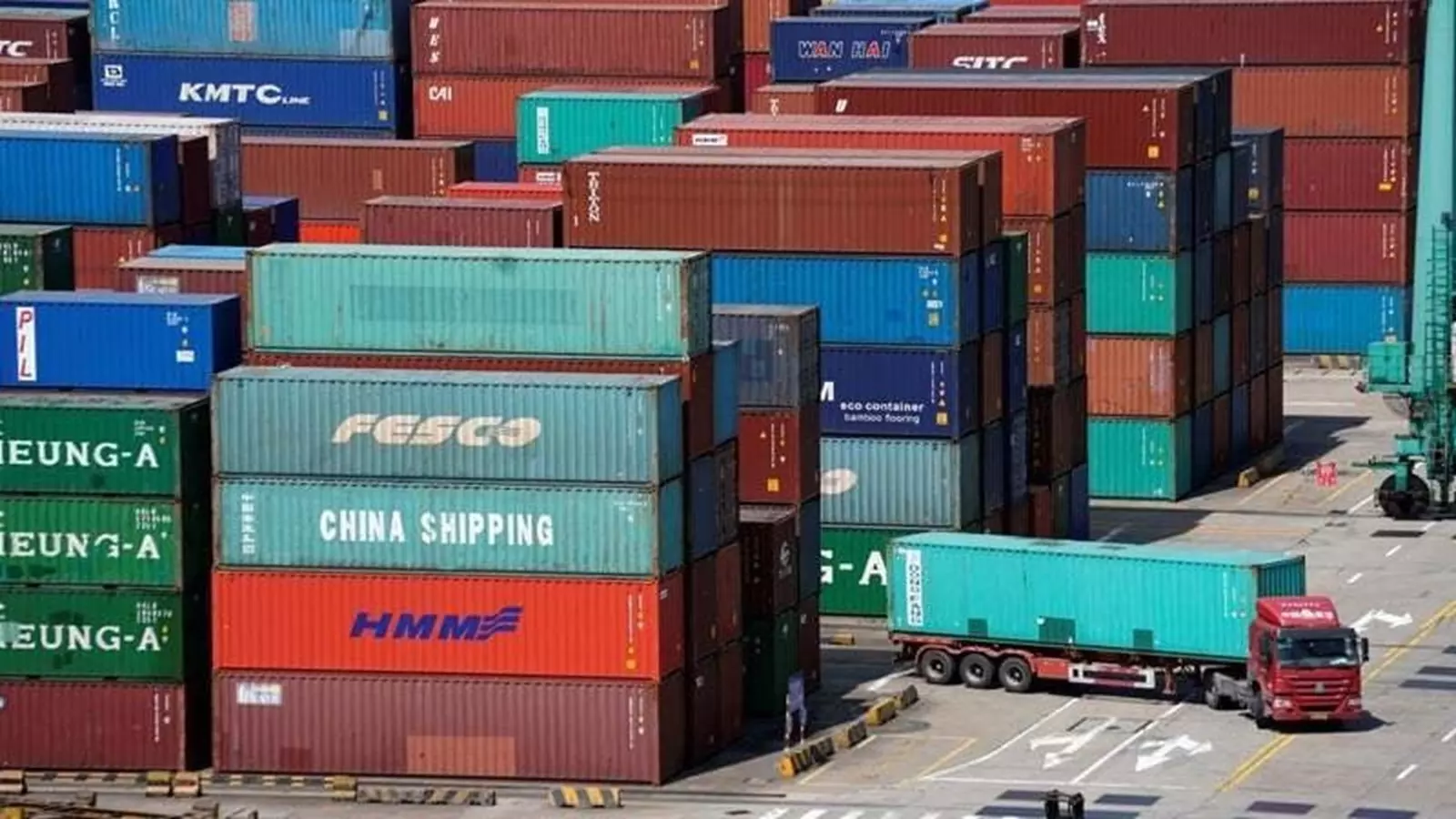

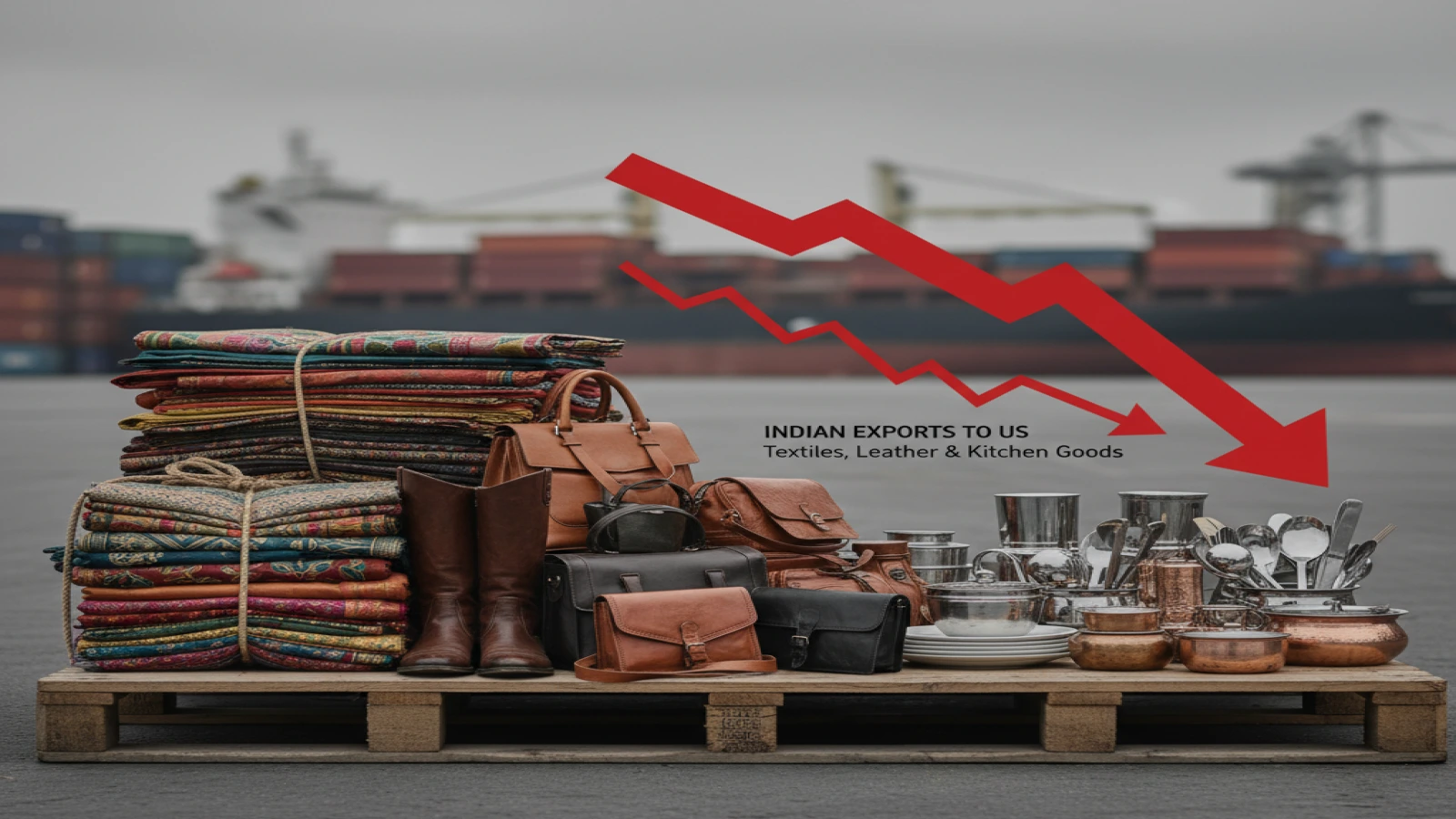

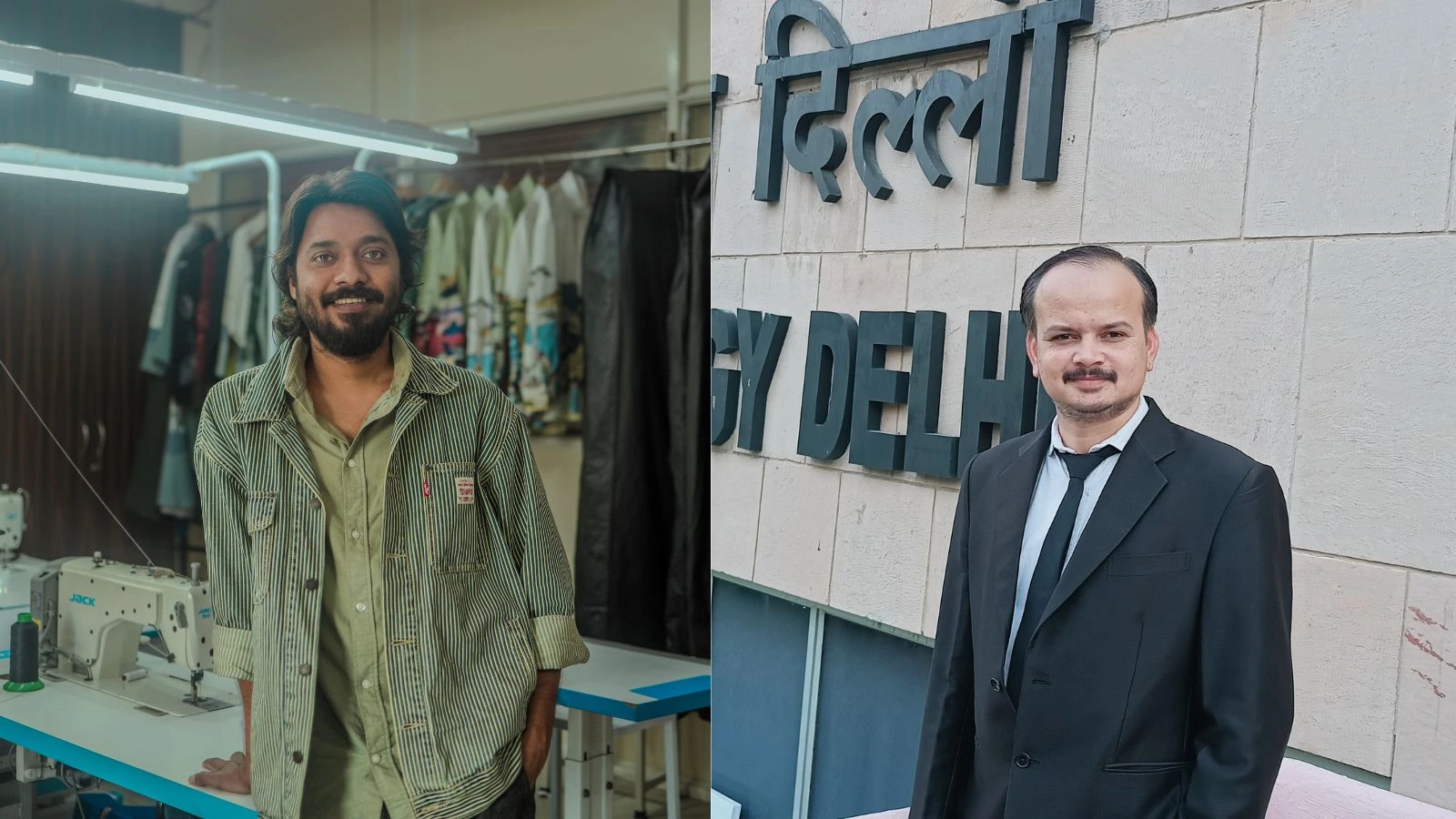

1.webp)
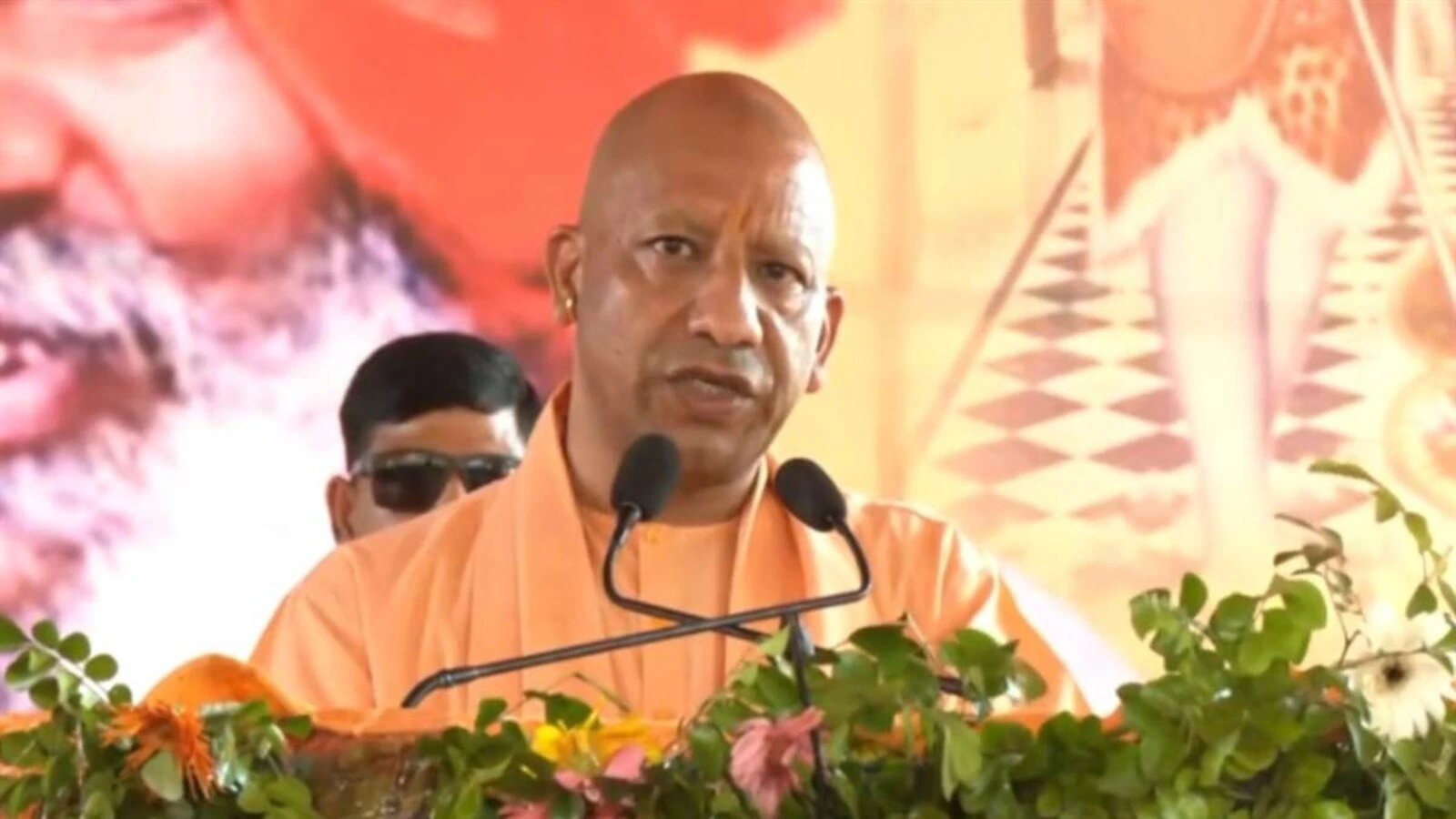








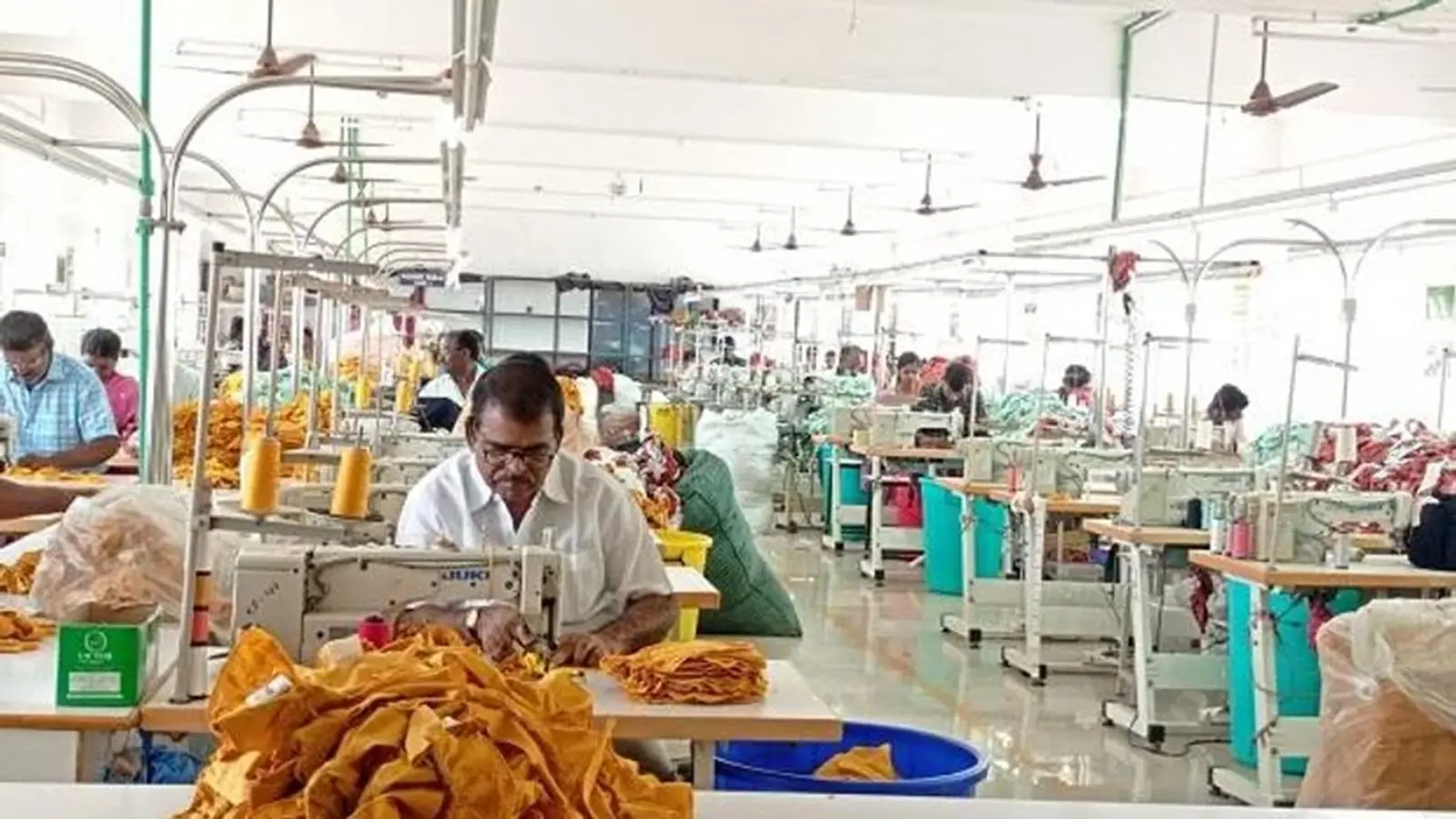
.webp)




1.webp)
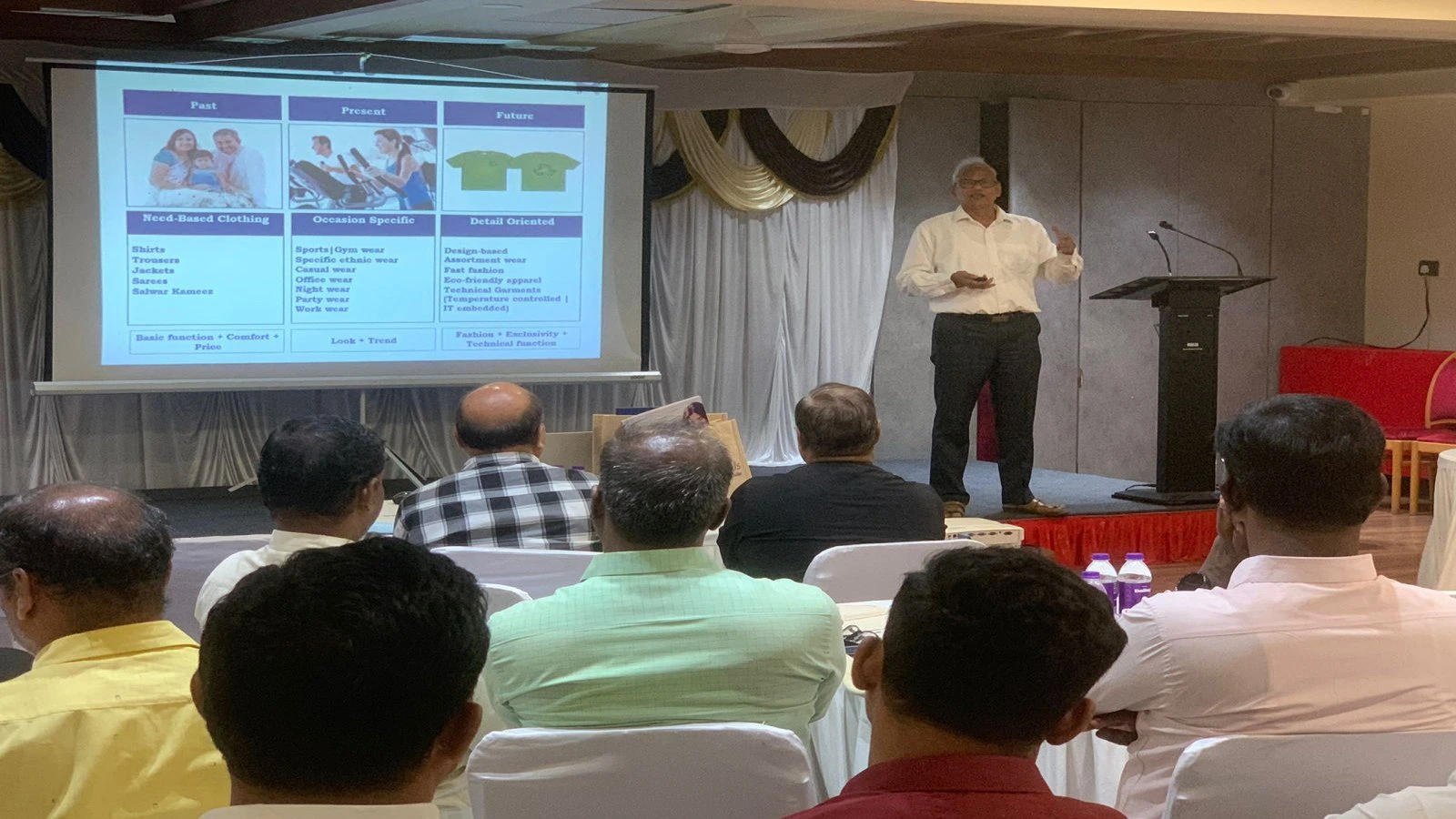


1.webp)


1.webp)
























1.webp)






.webp)







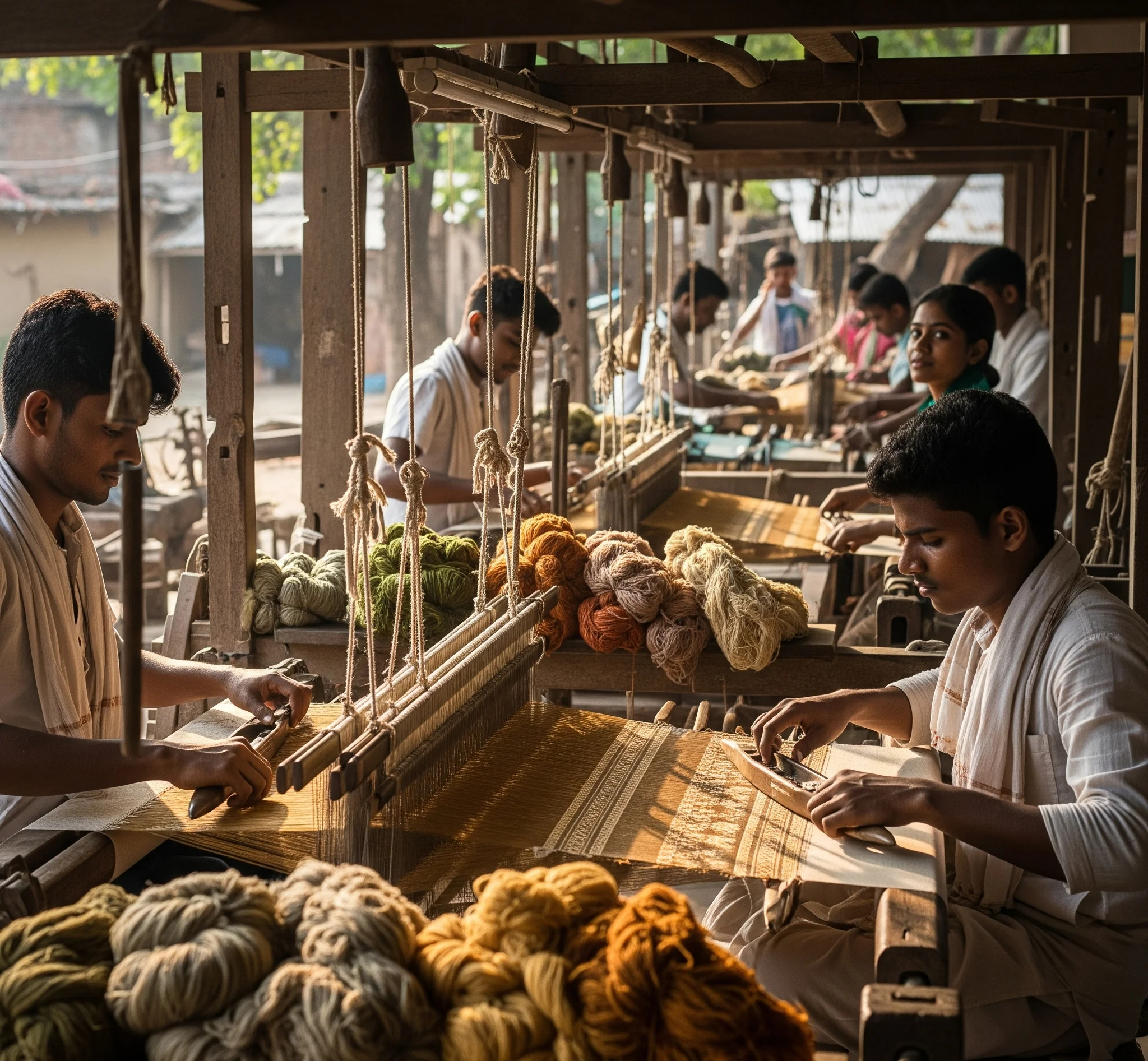












1.webp)




1.webp)
1.webp)


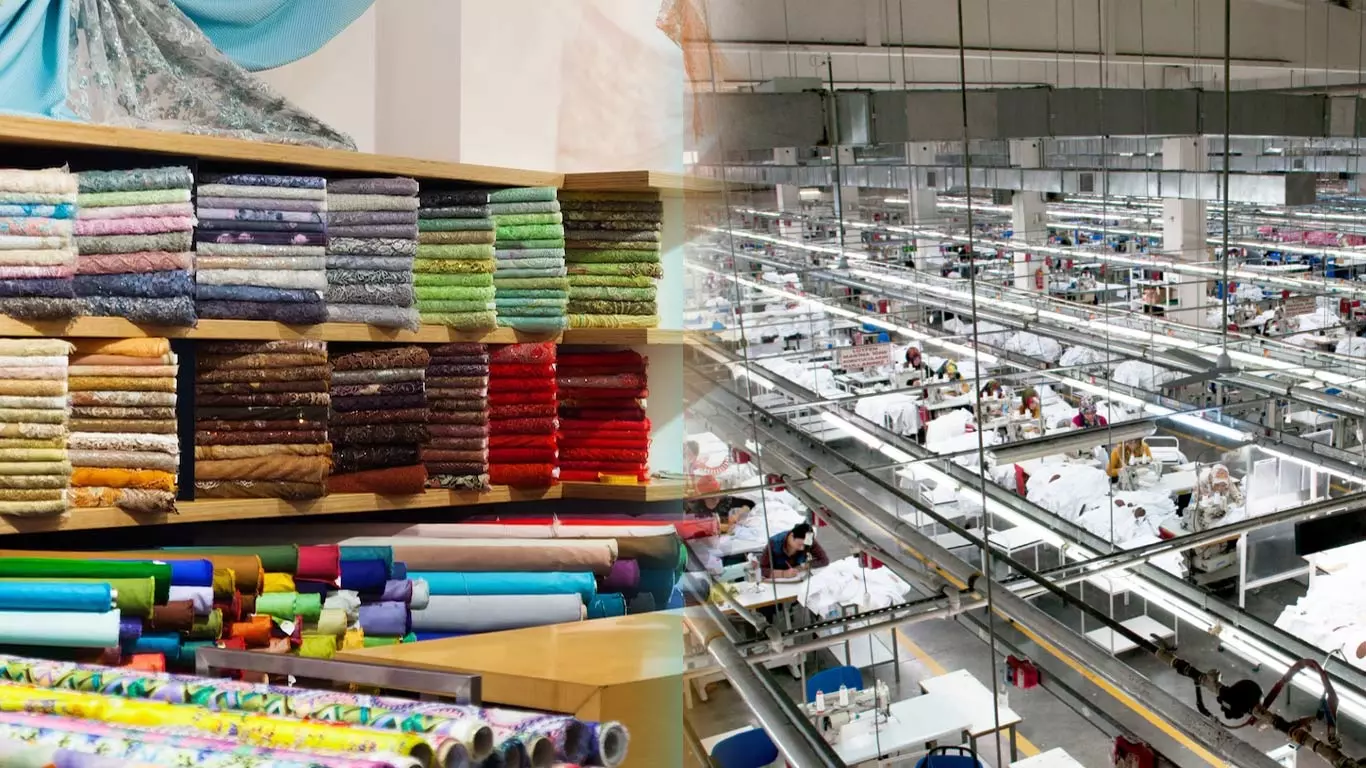
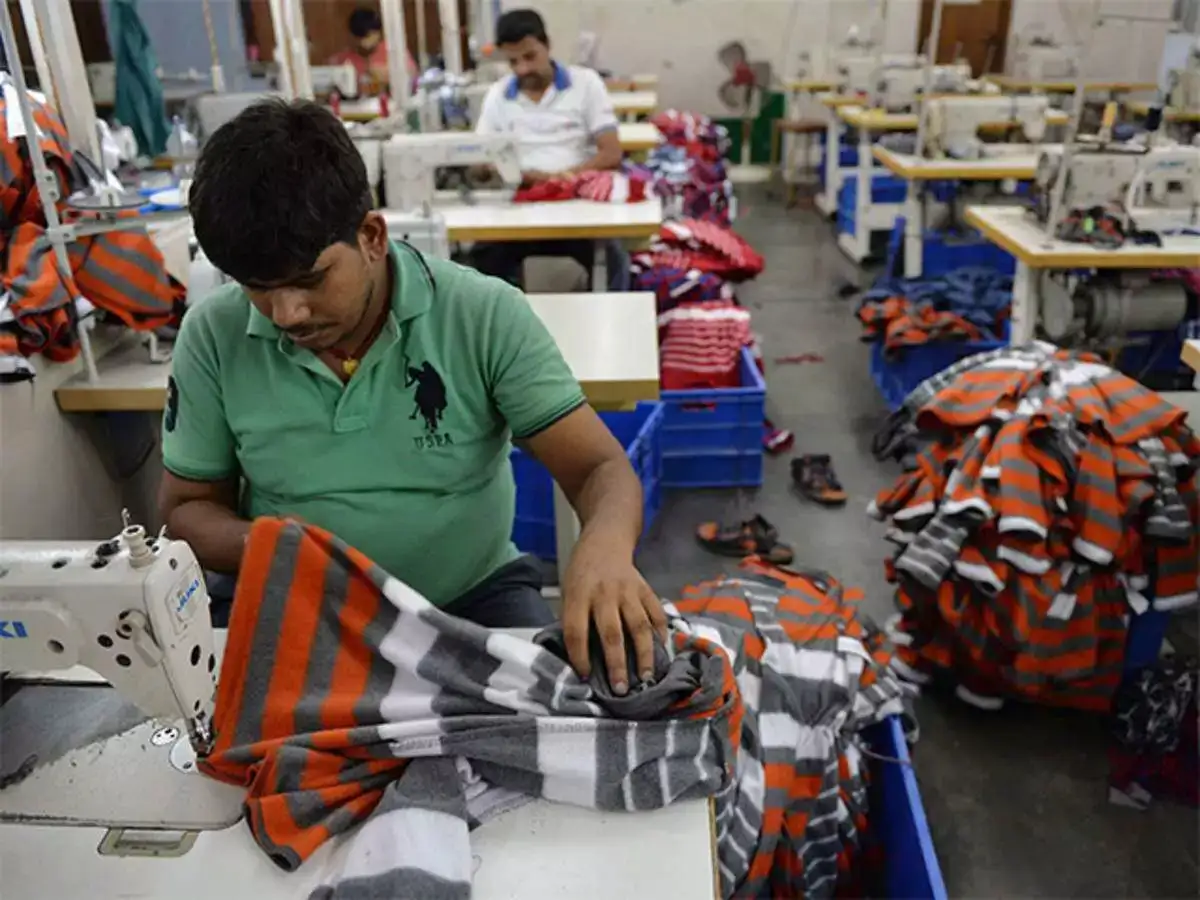


















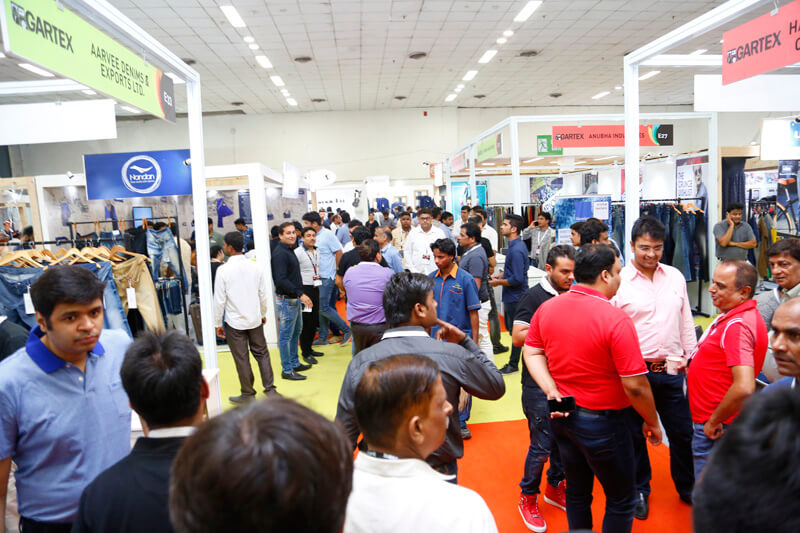

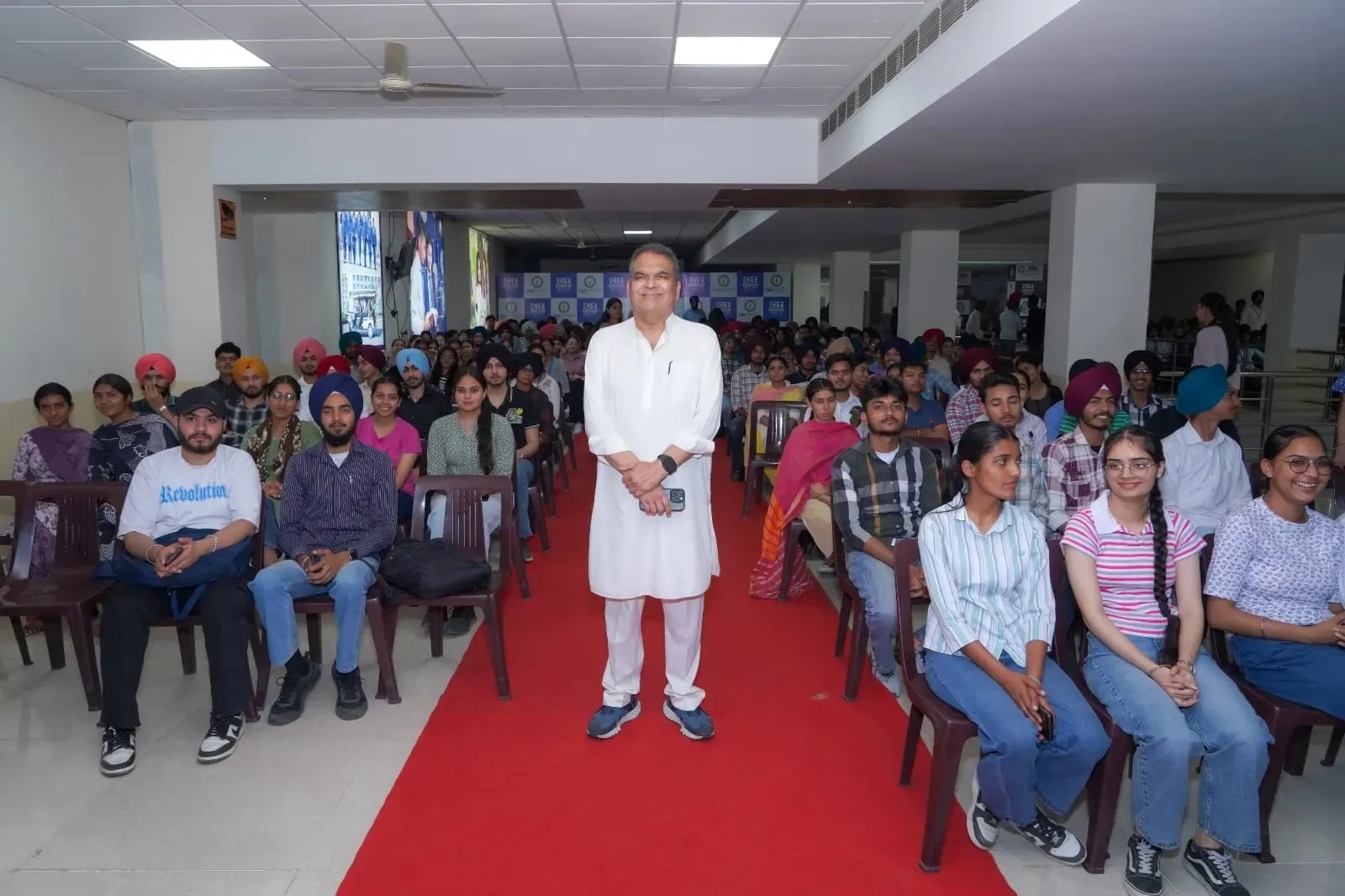



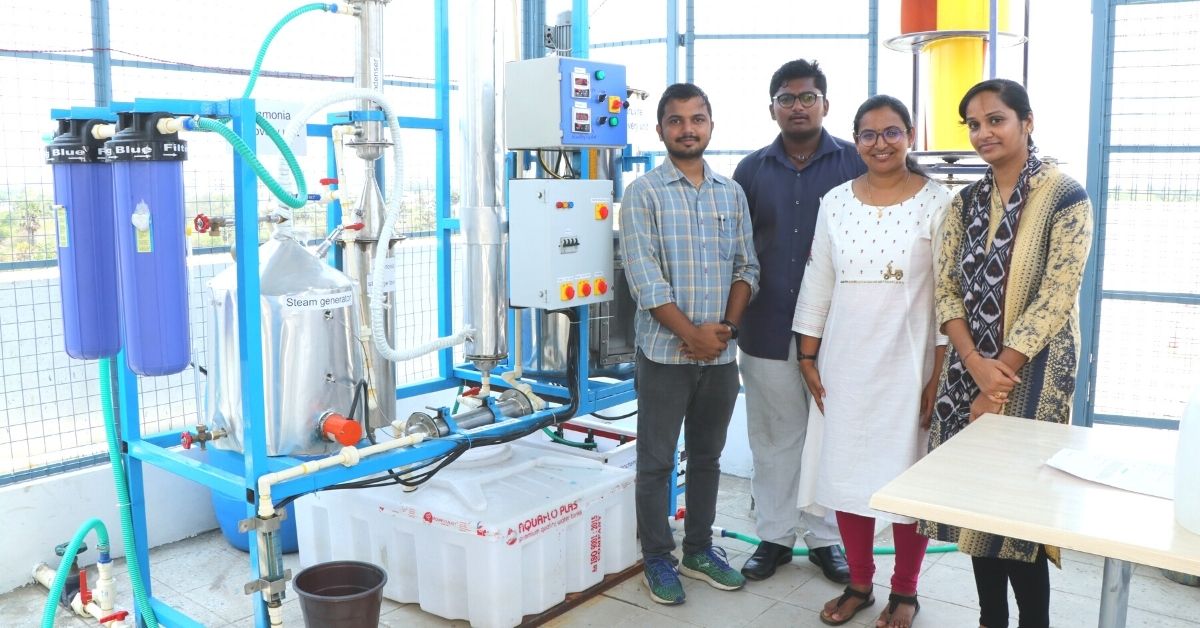












1.jpg)








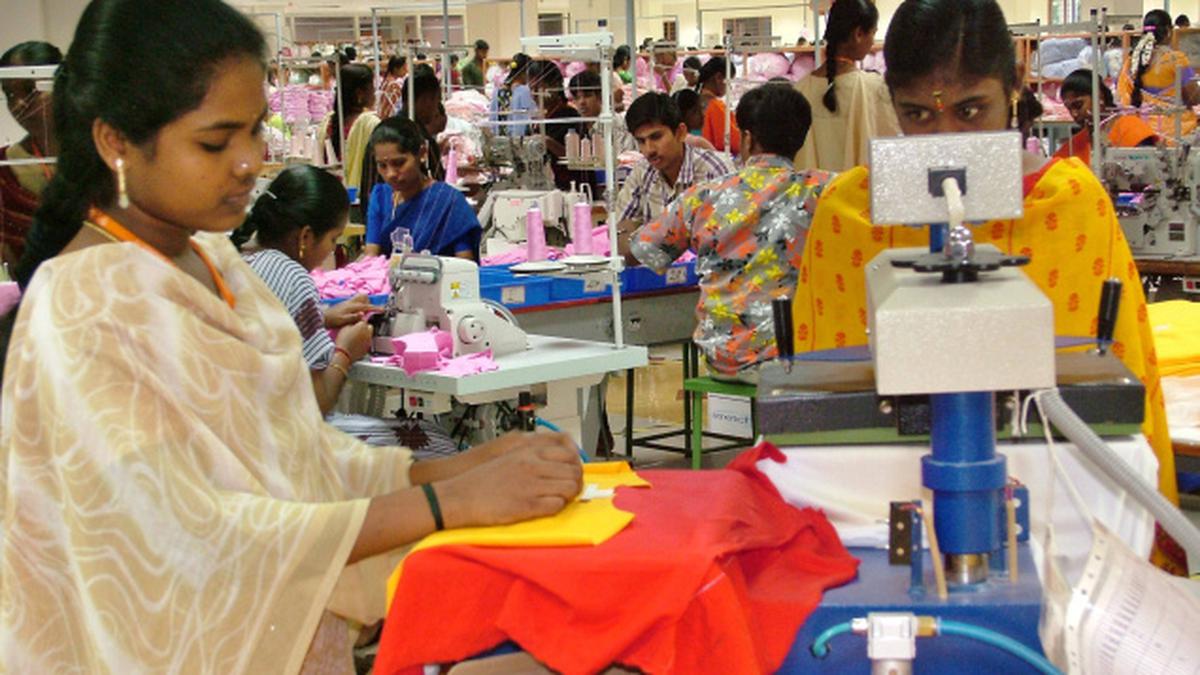


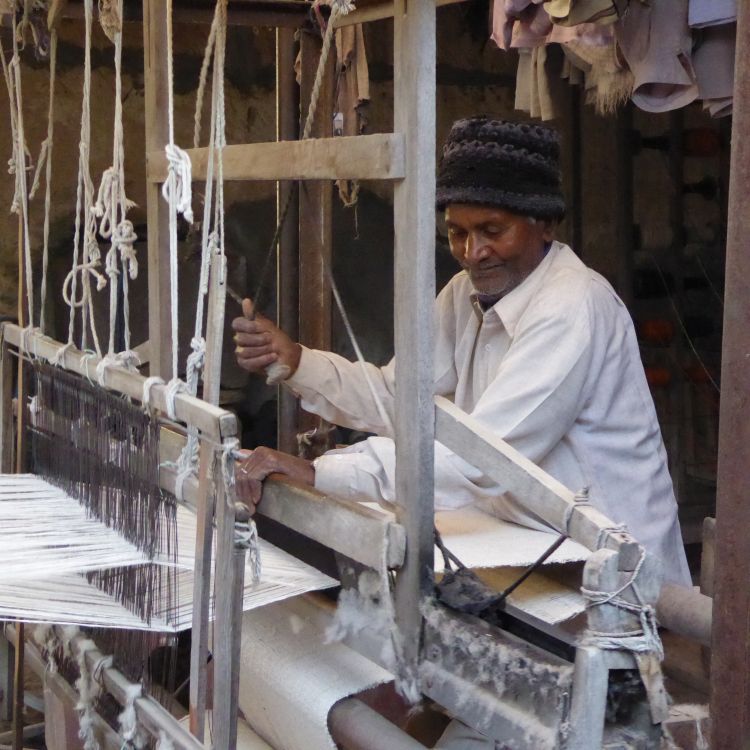

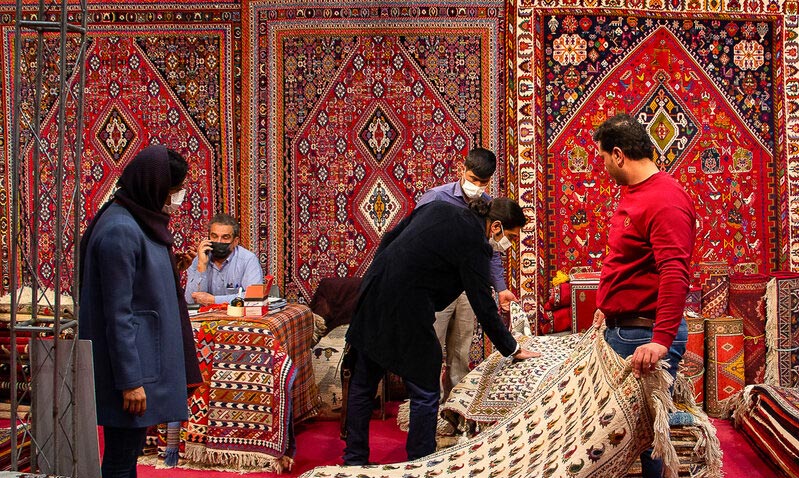
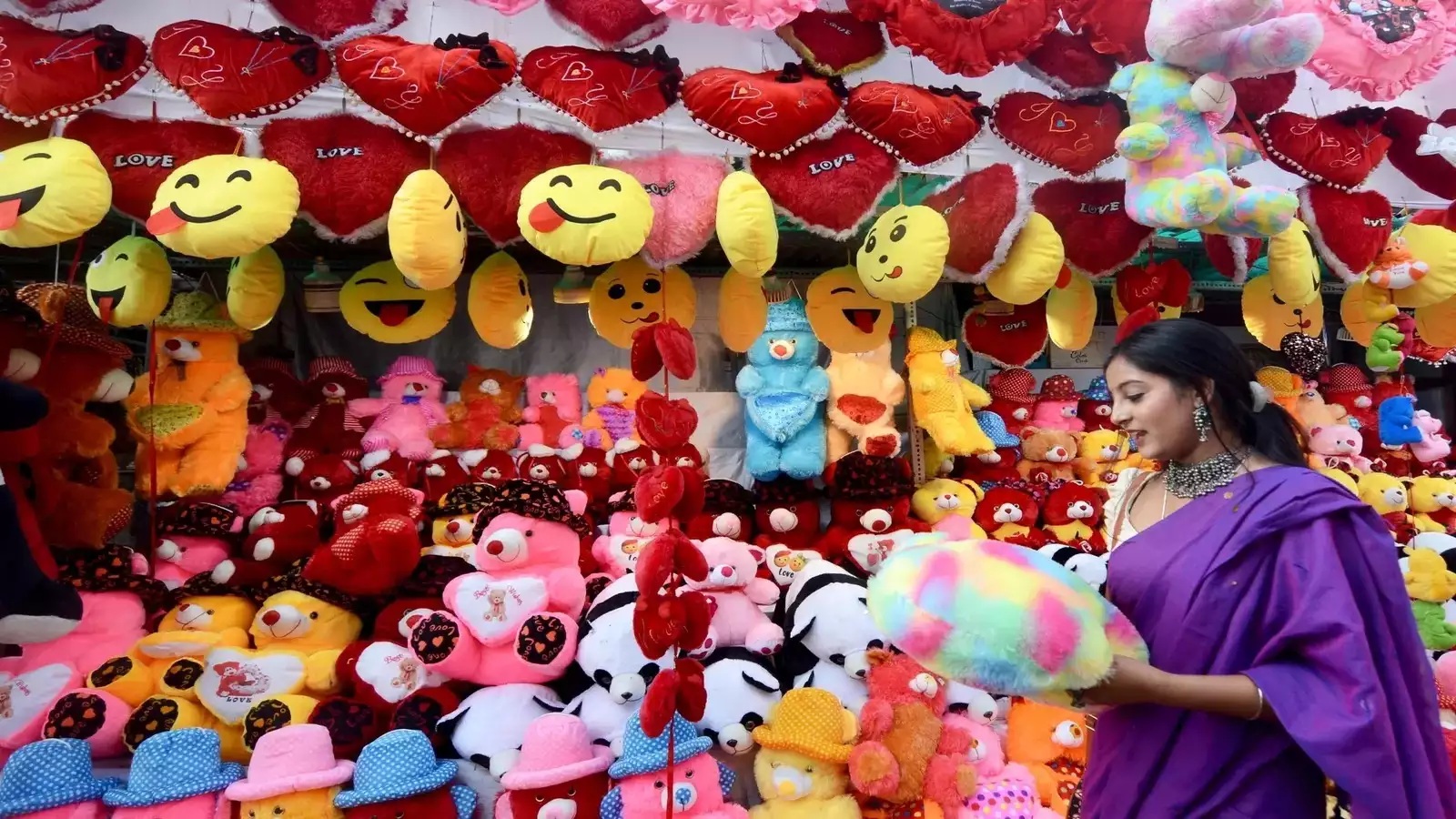












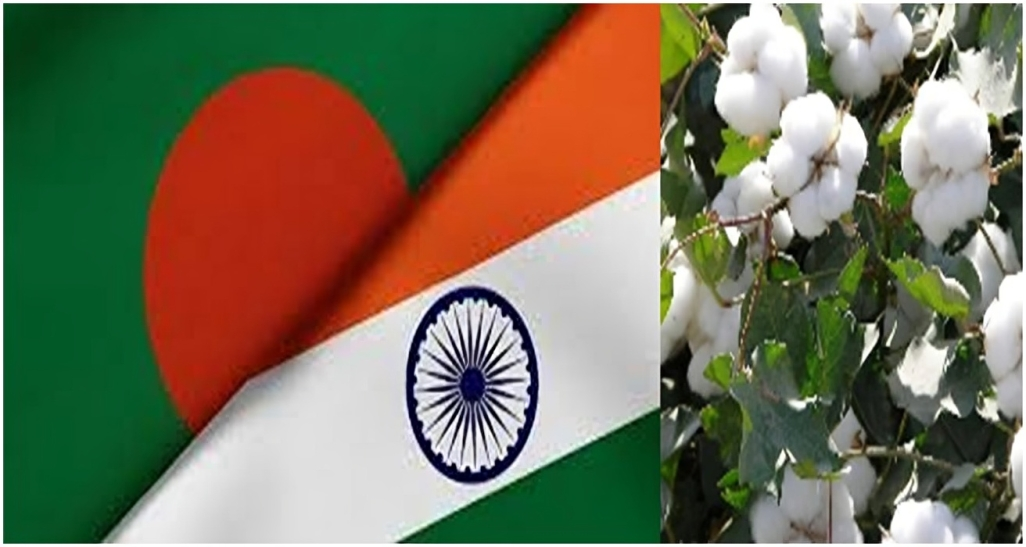
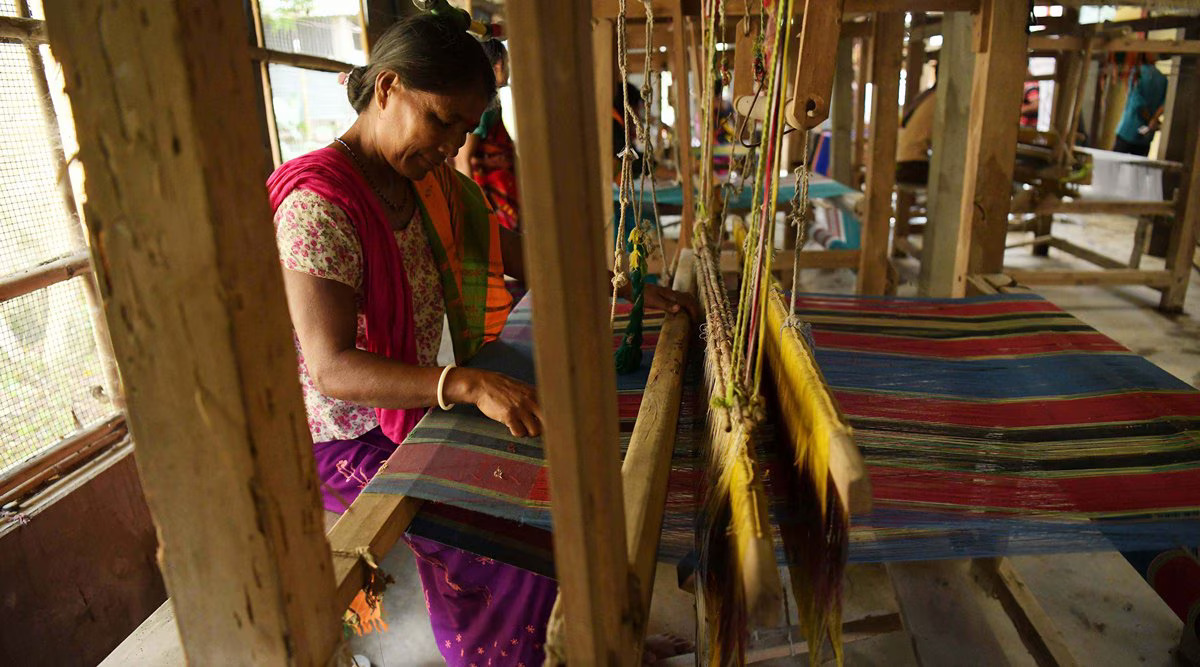



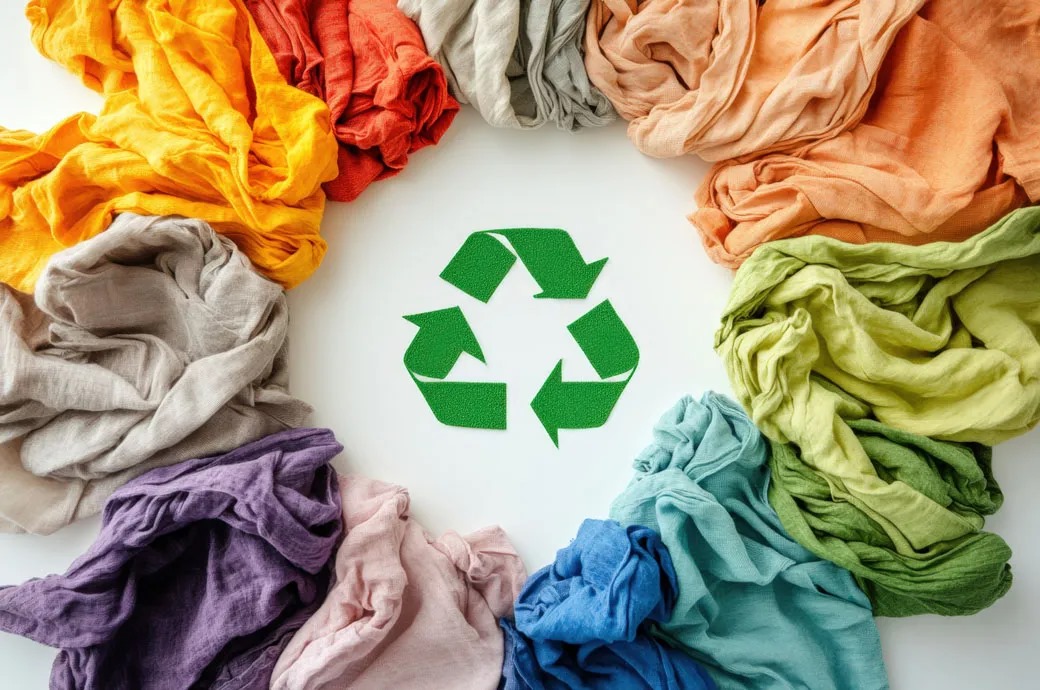


_large1.jpeg)












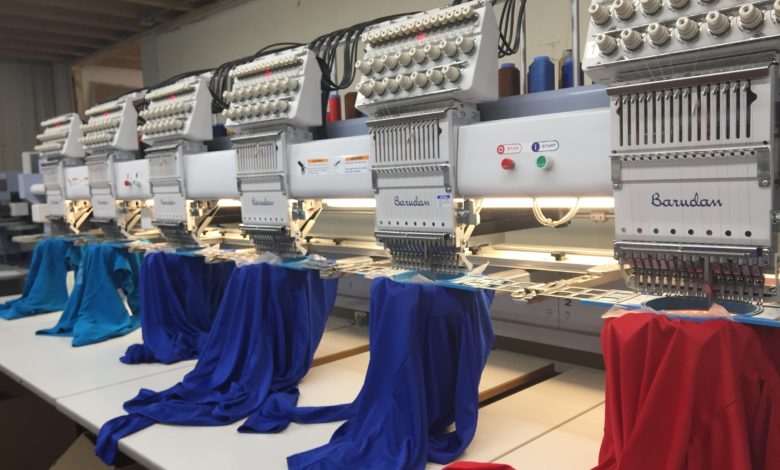























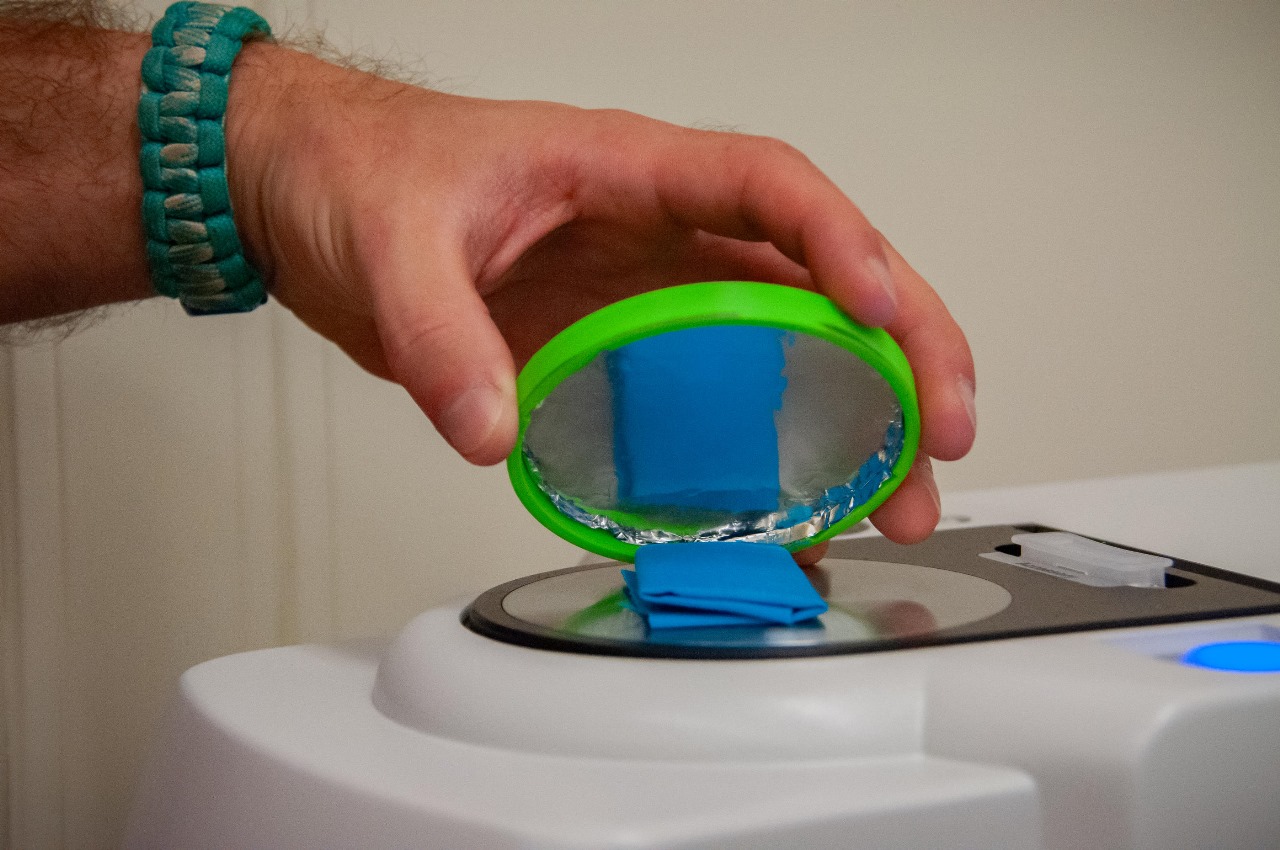




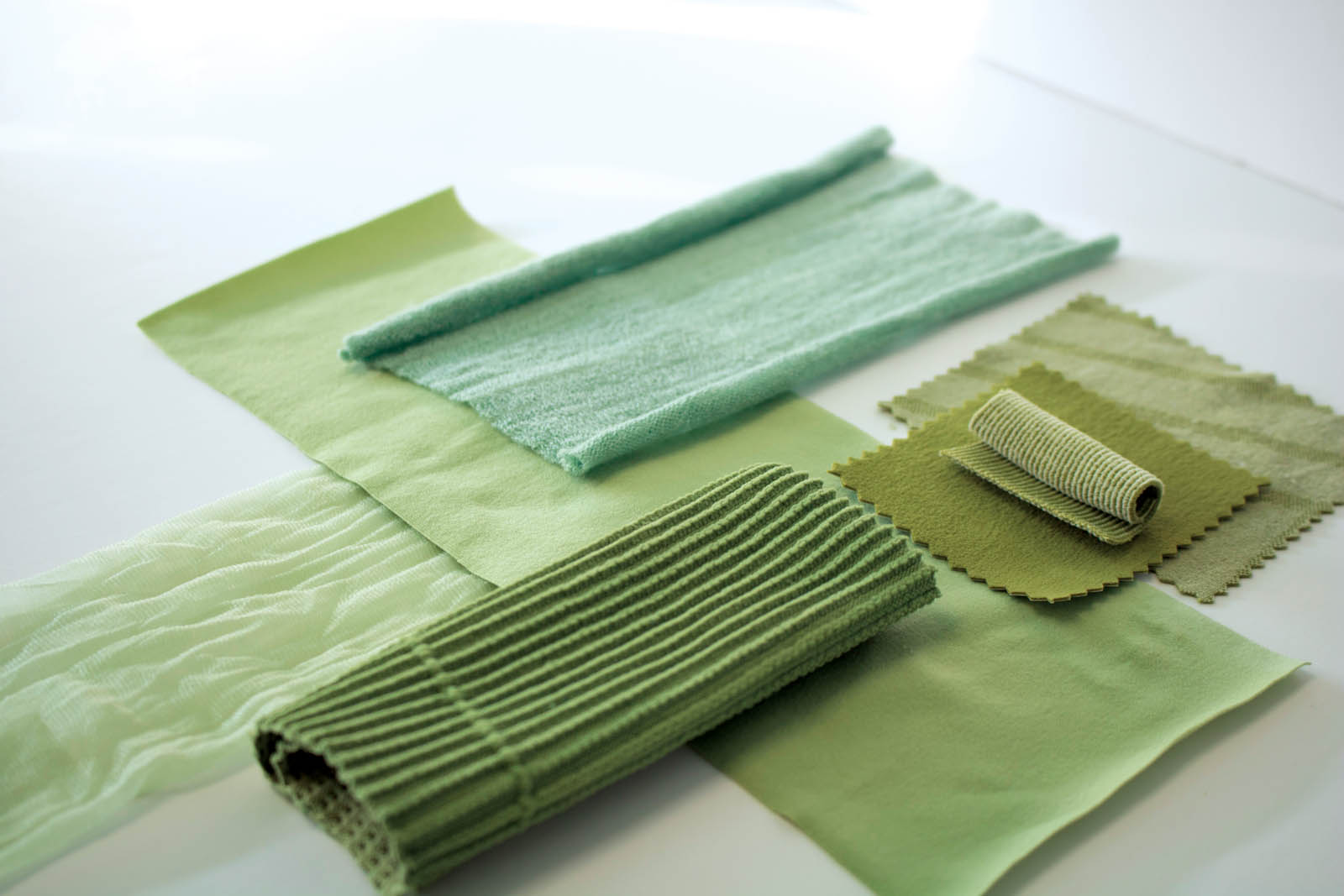





.png)












.jpg)
.jpg)









1.jpeg)
